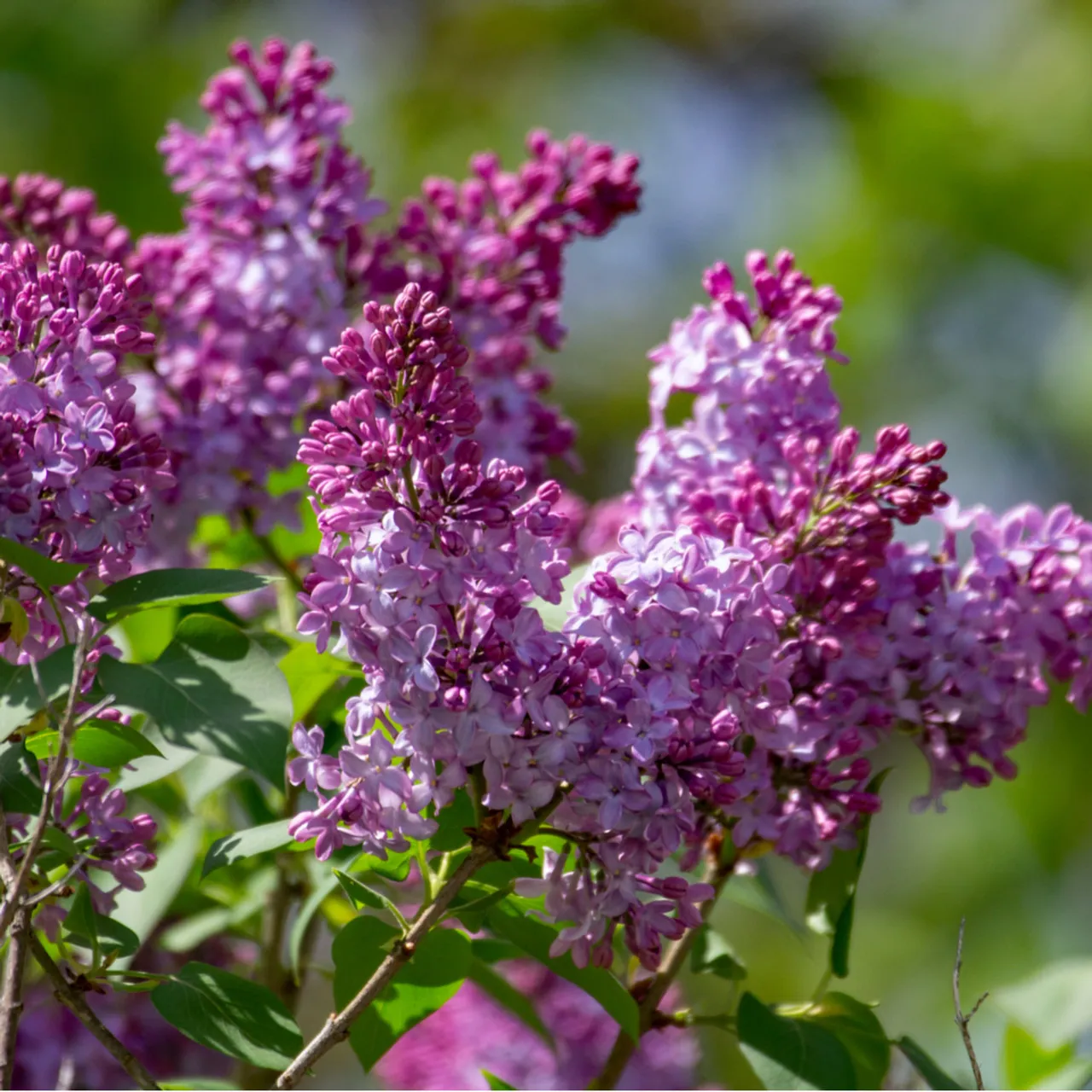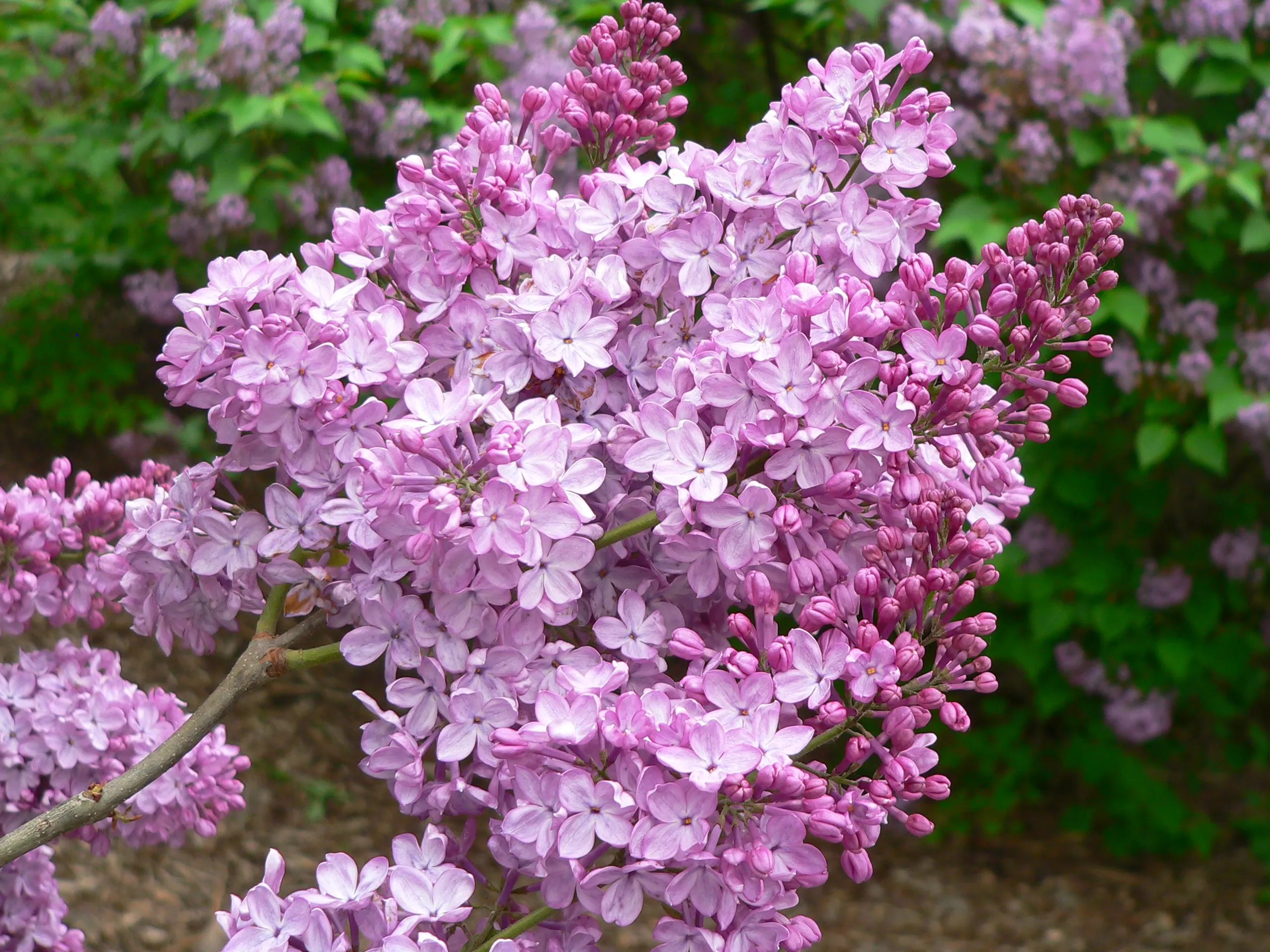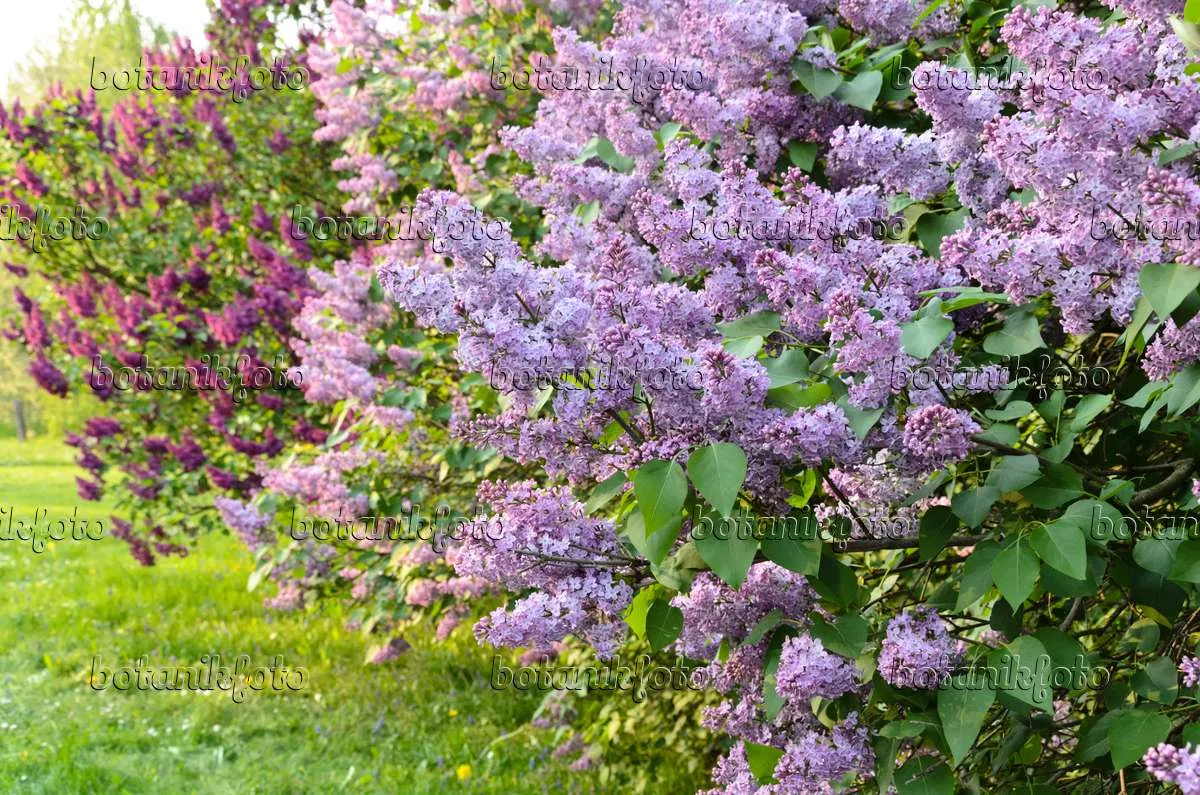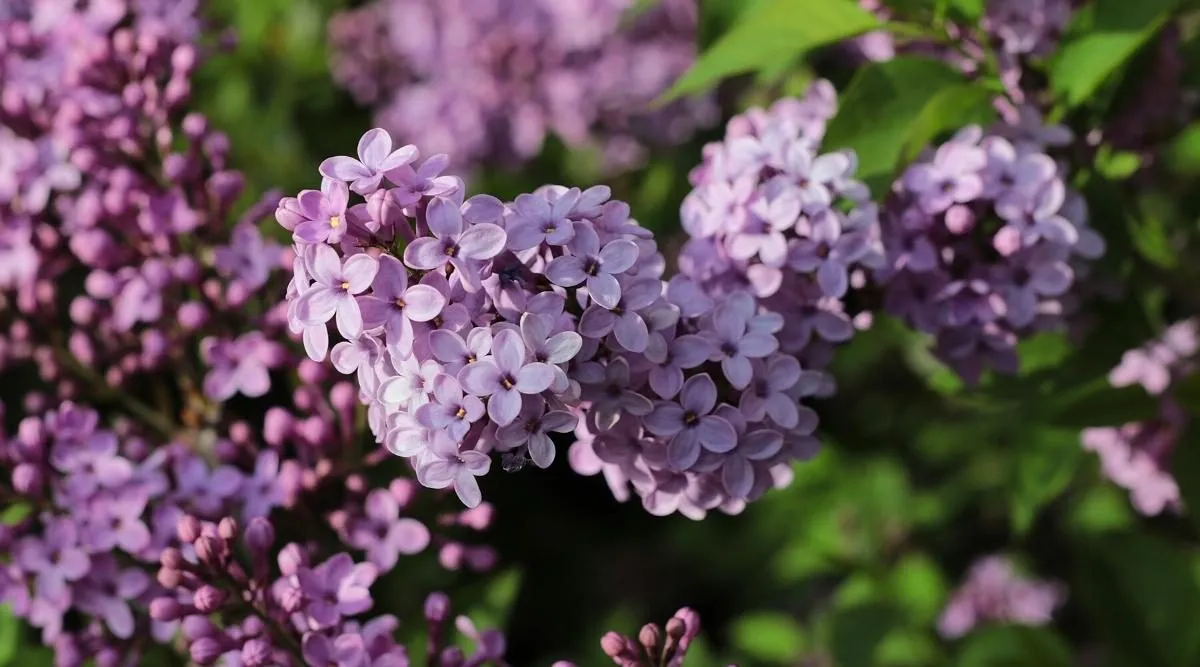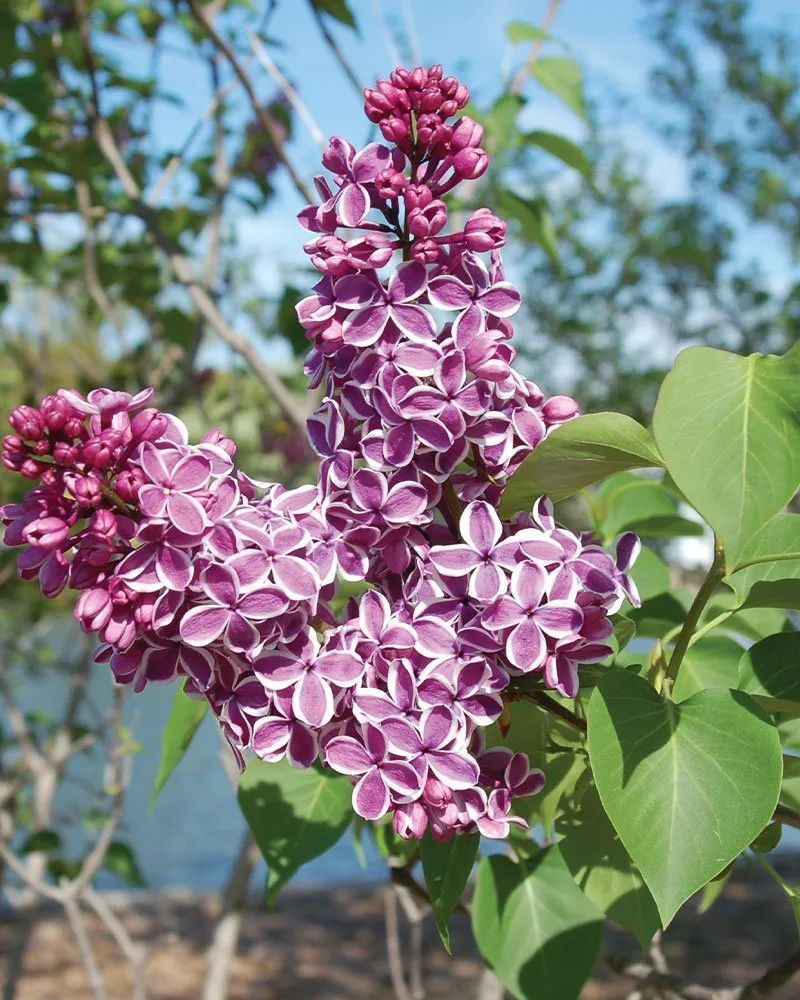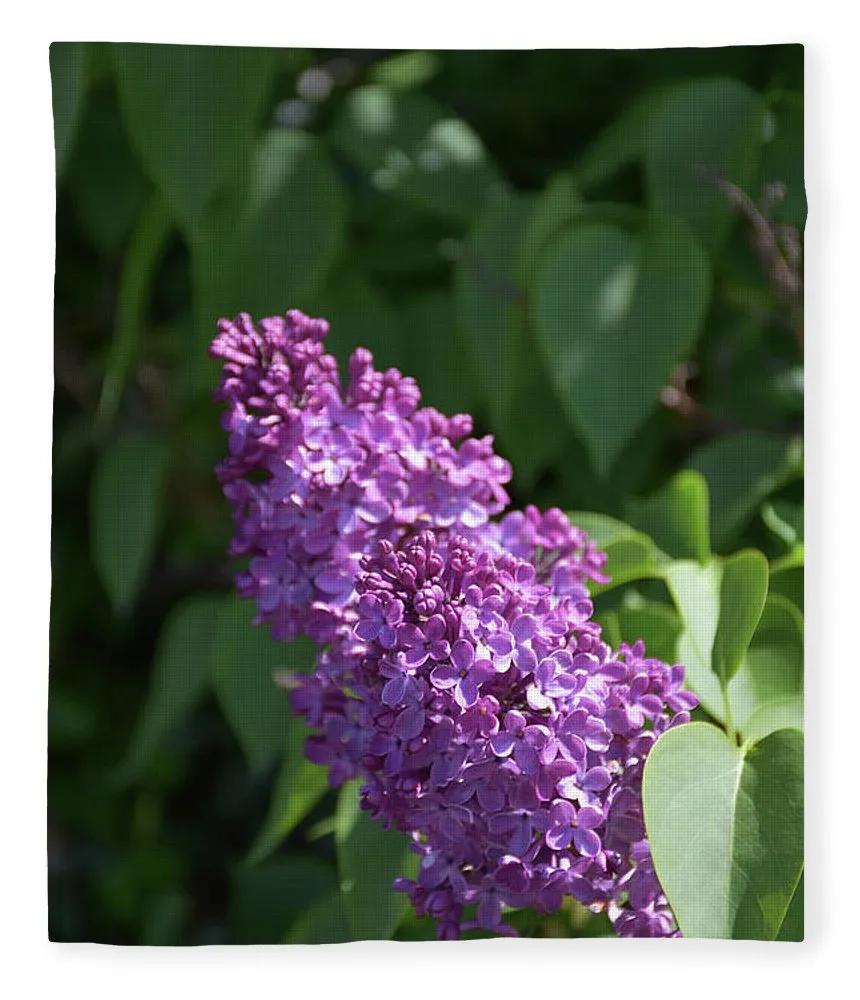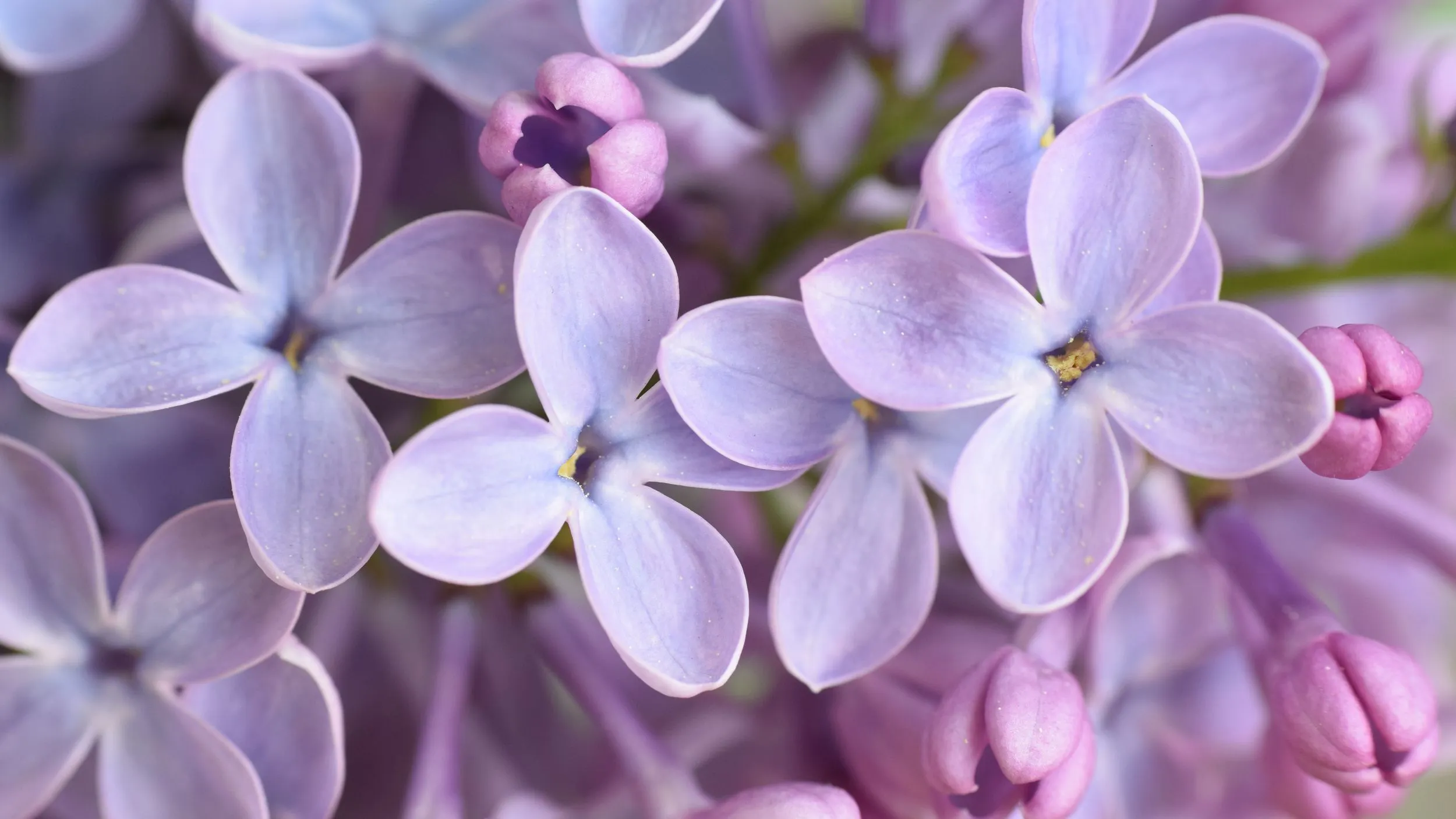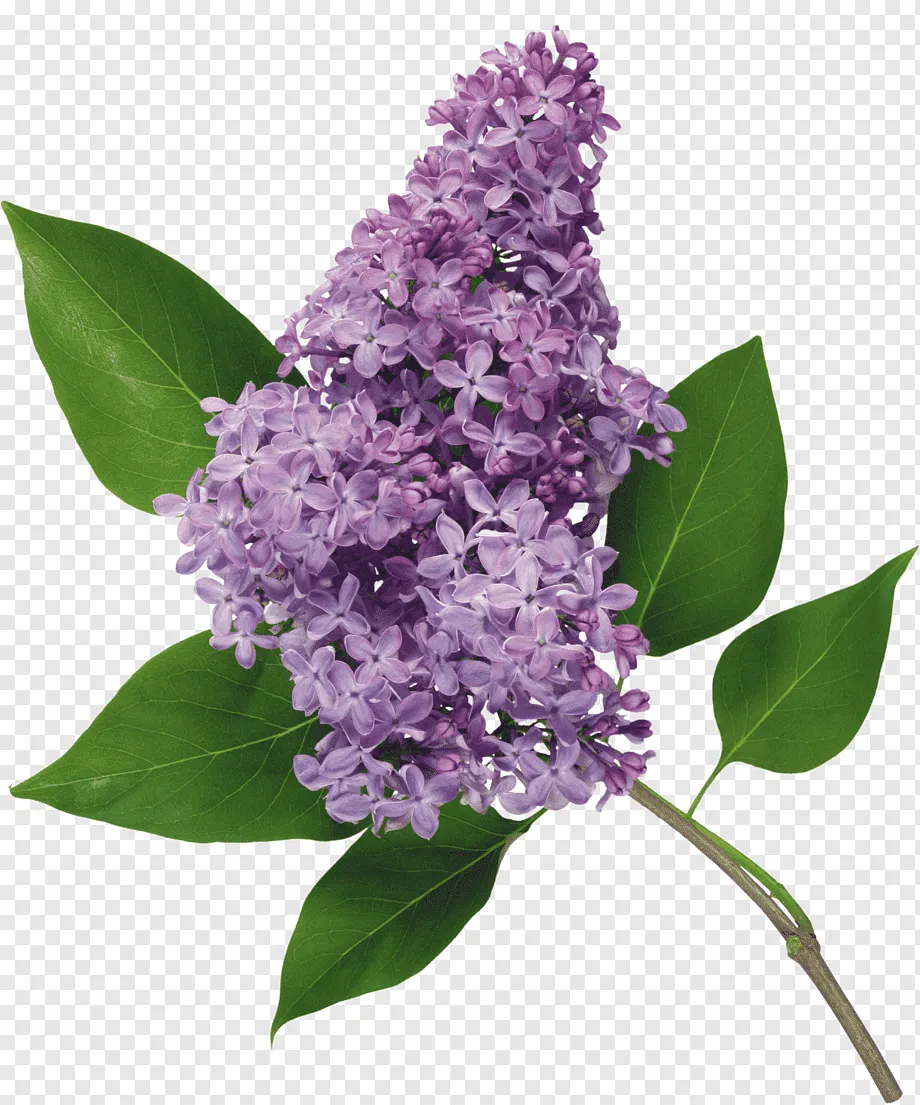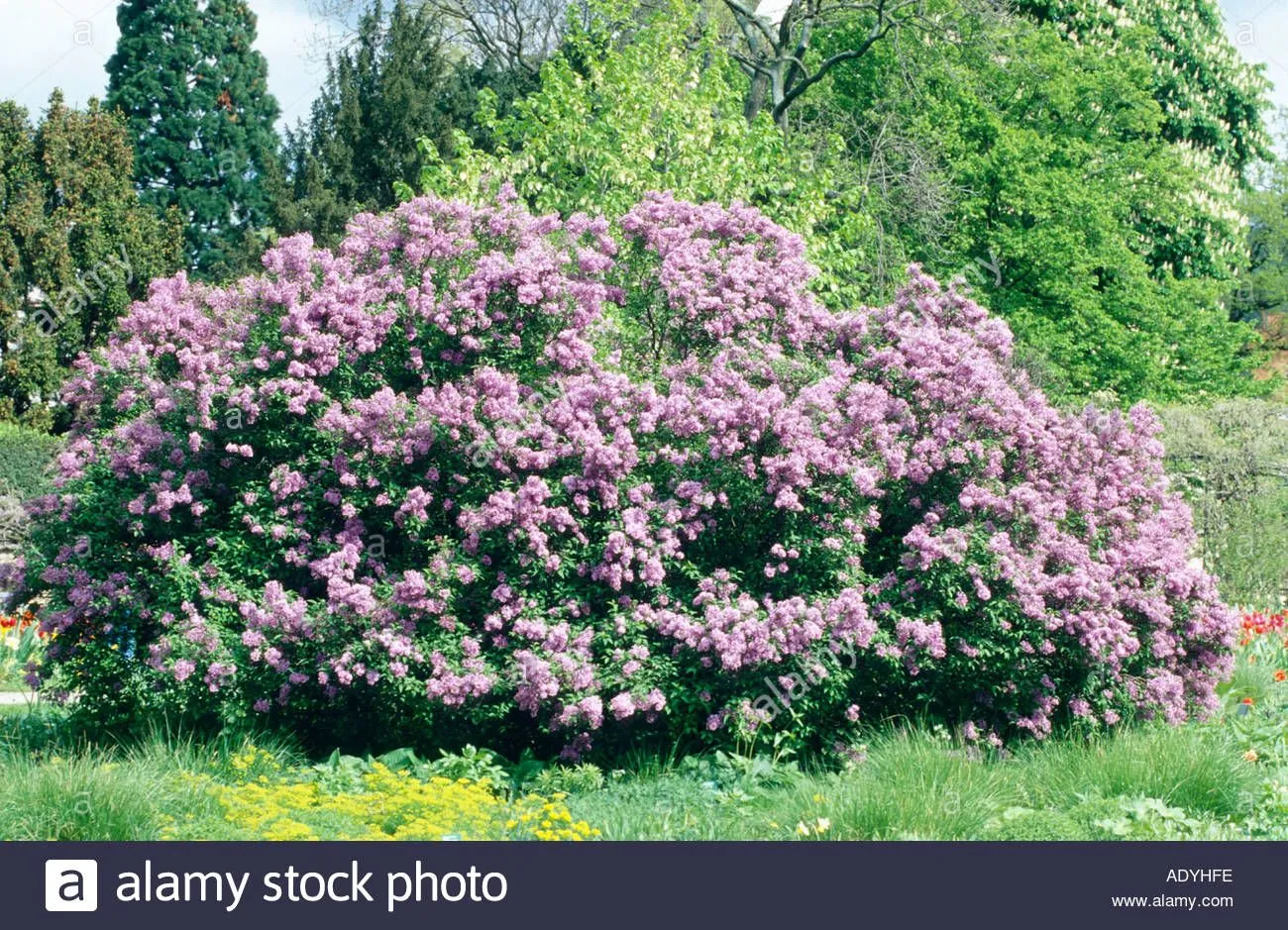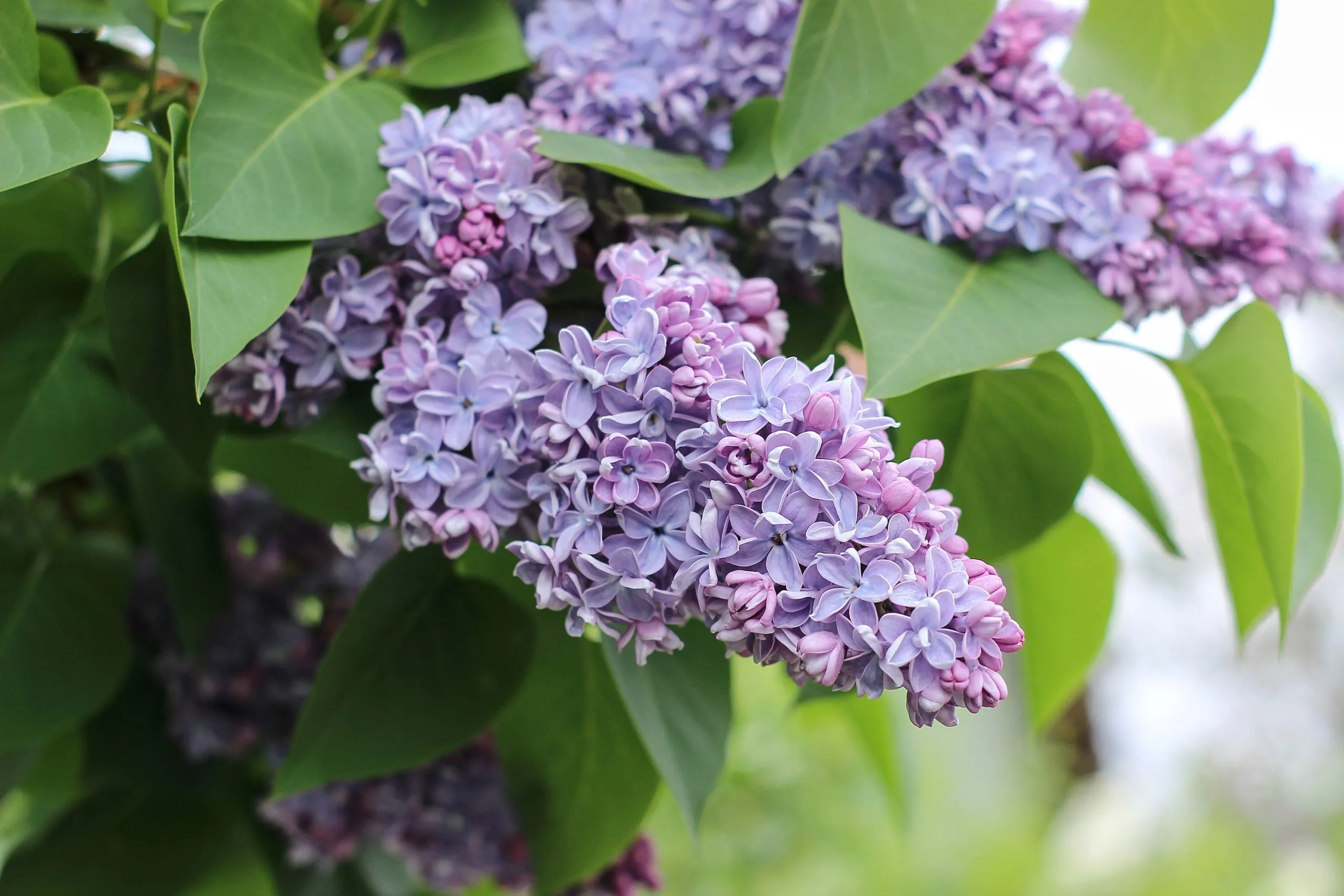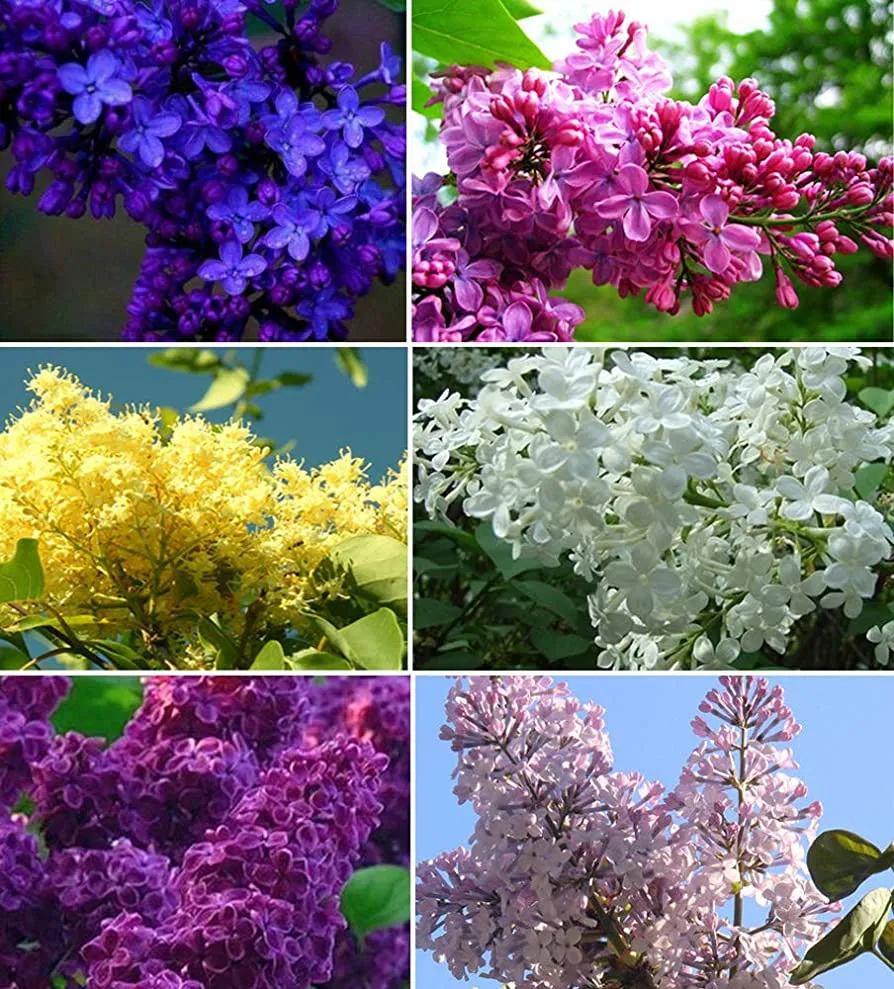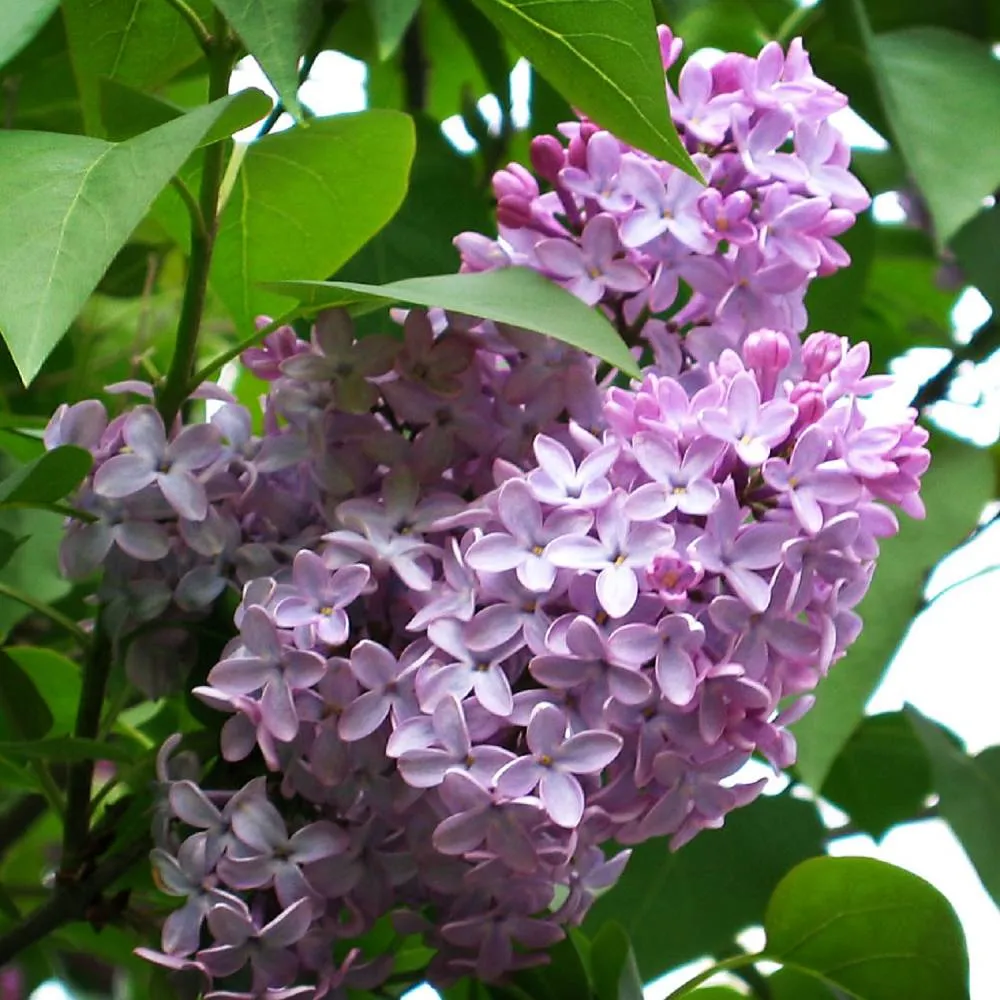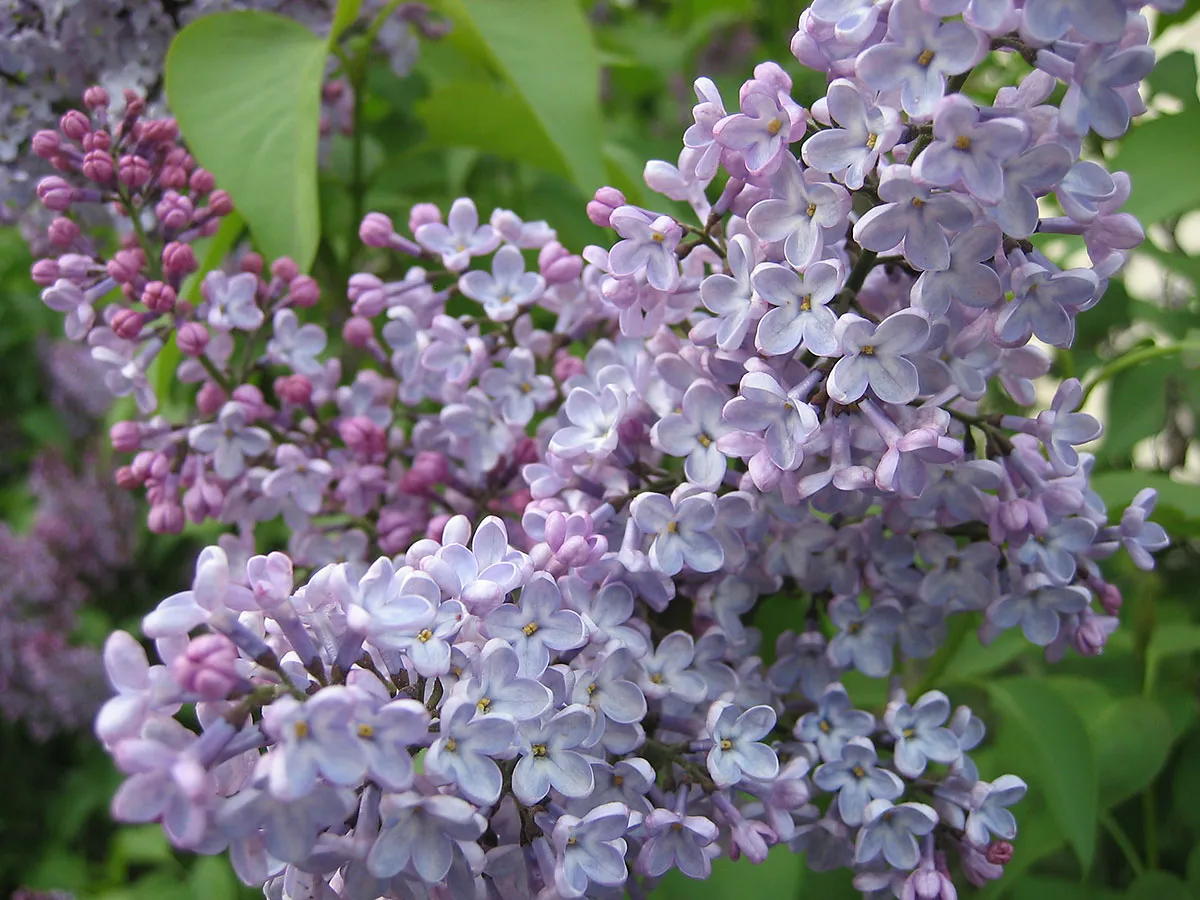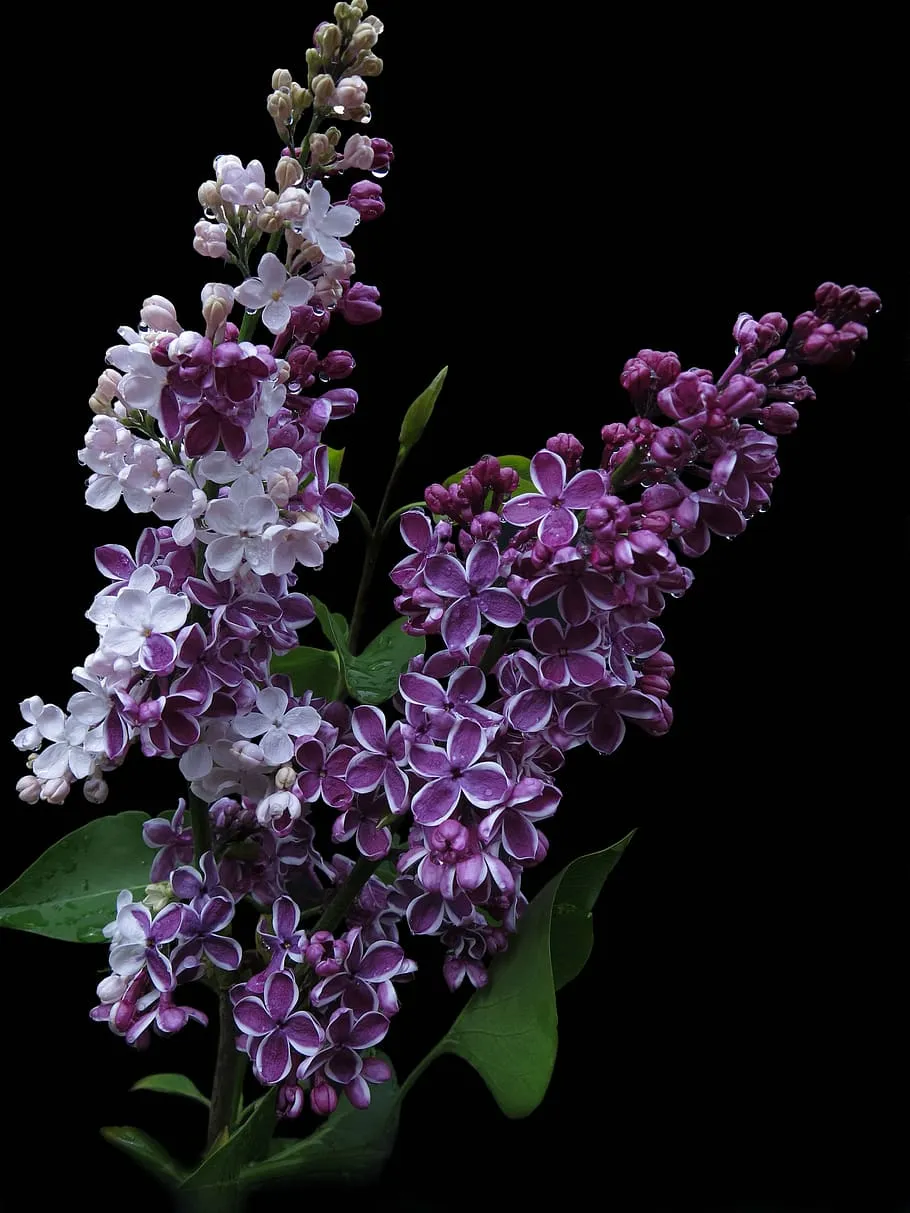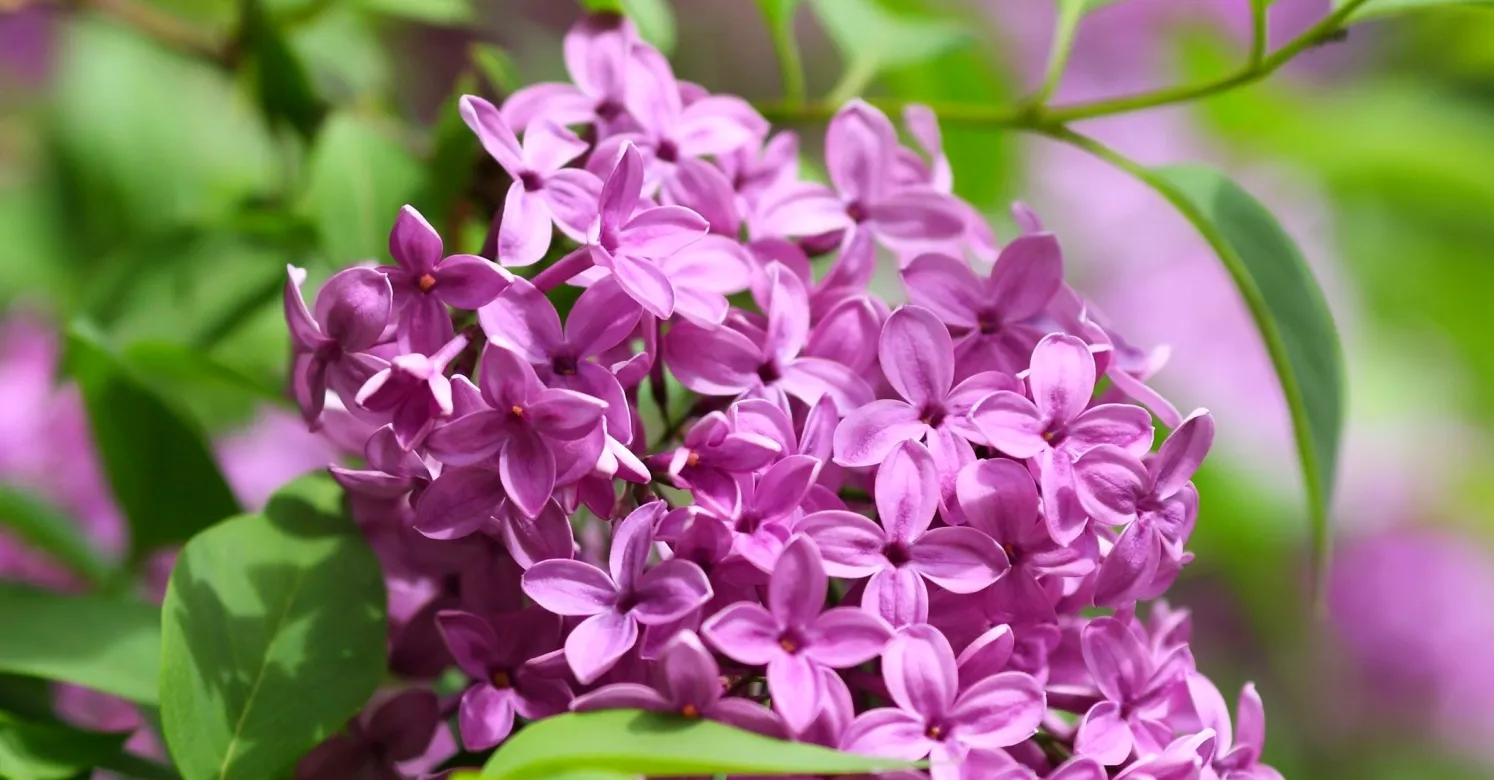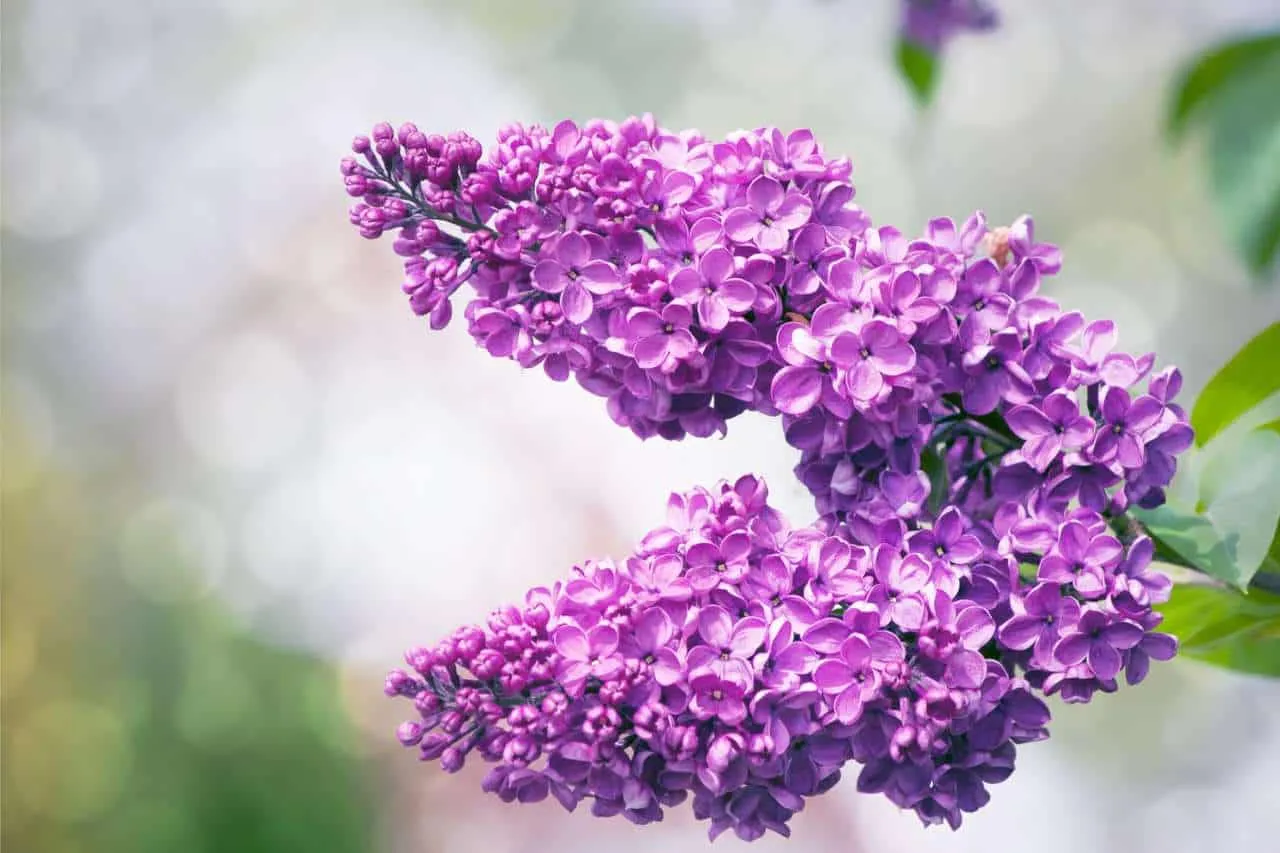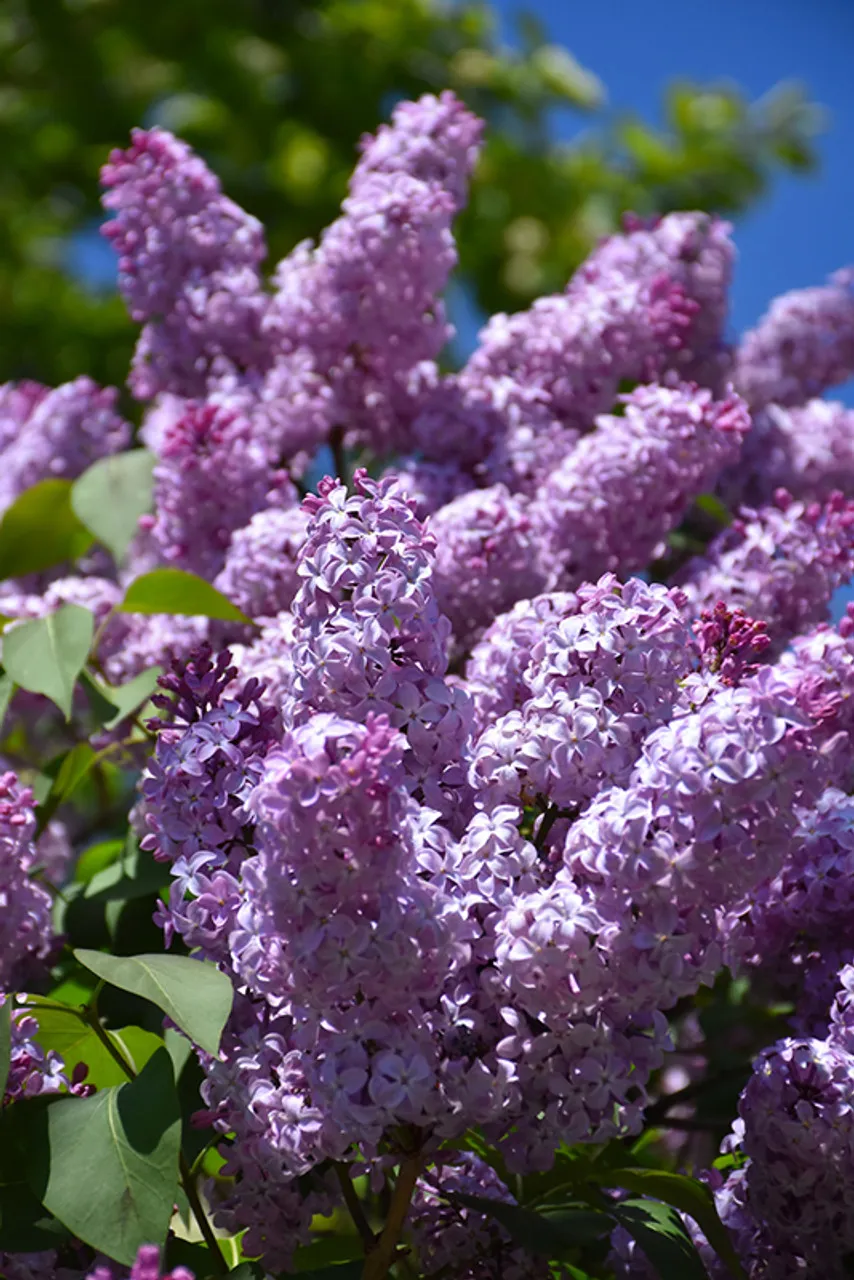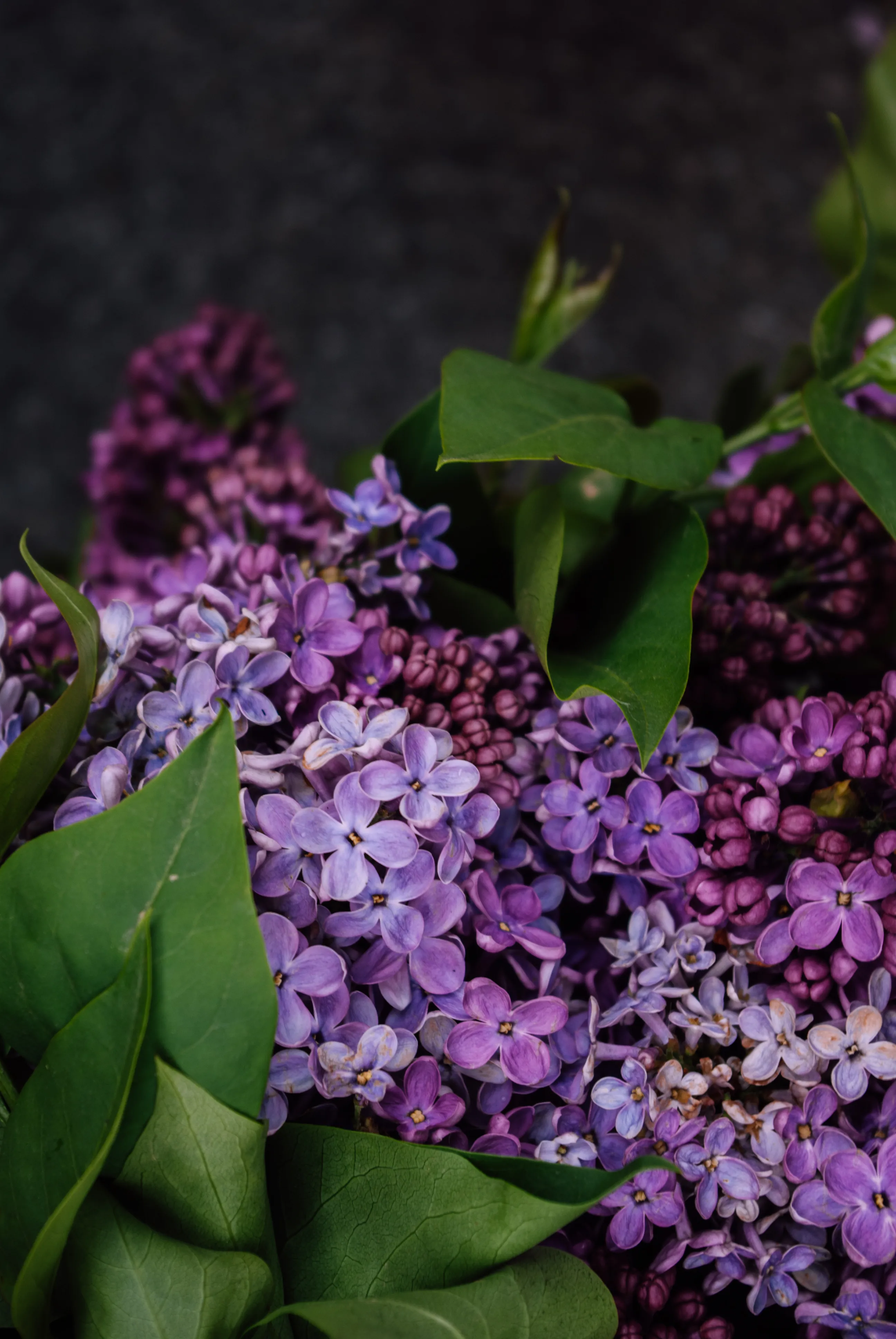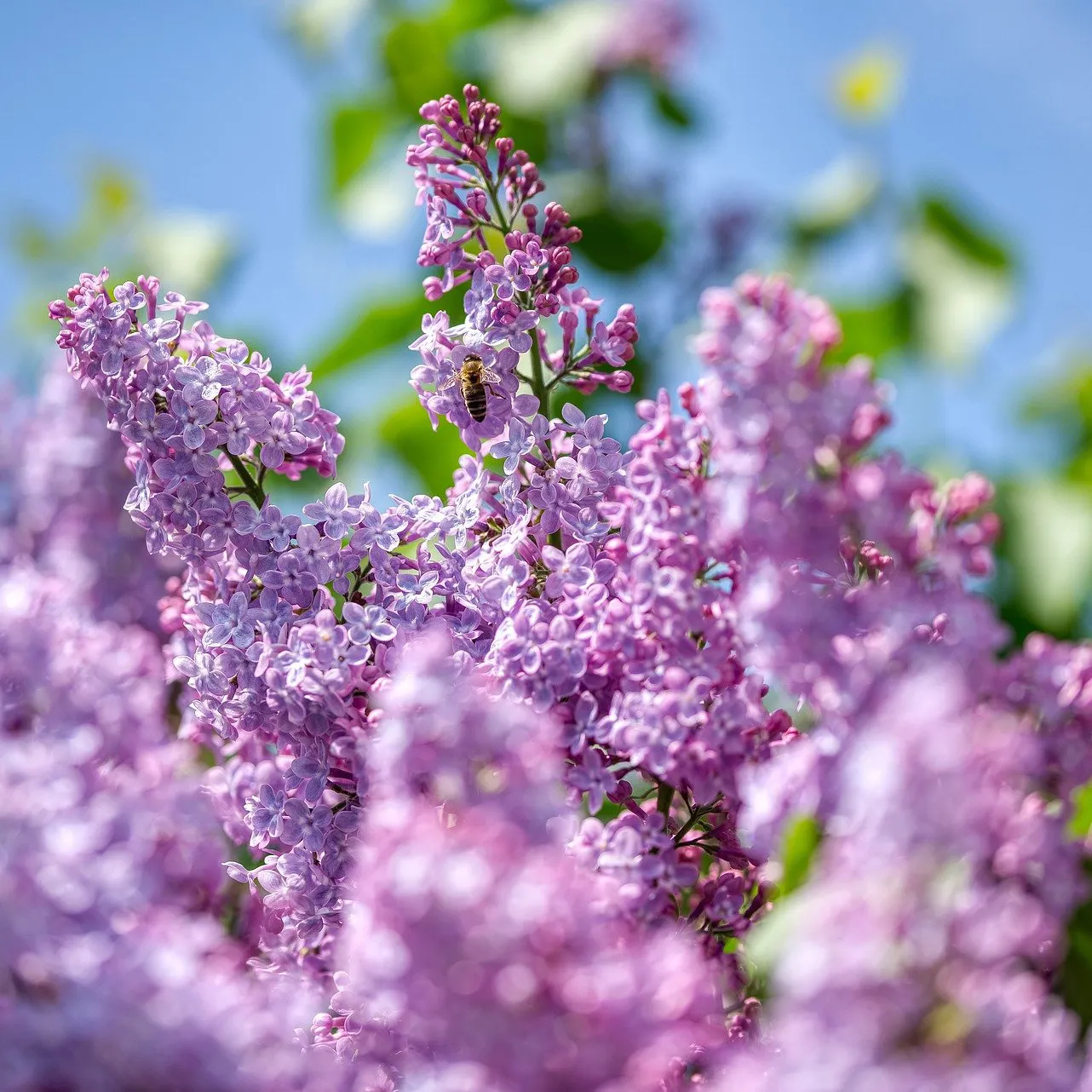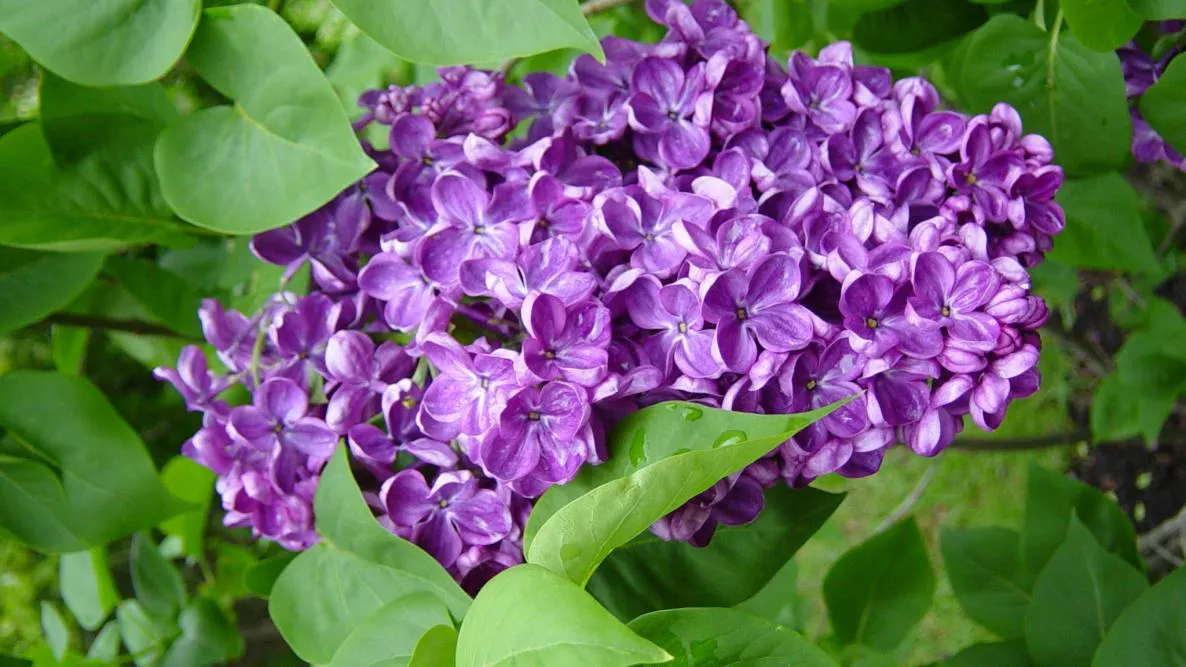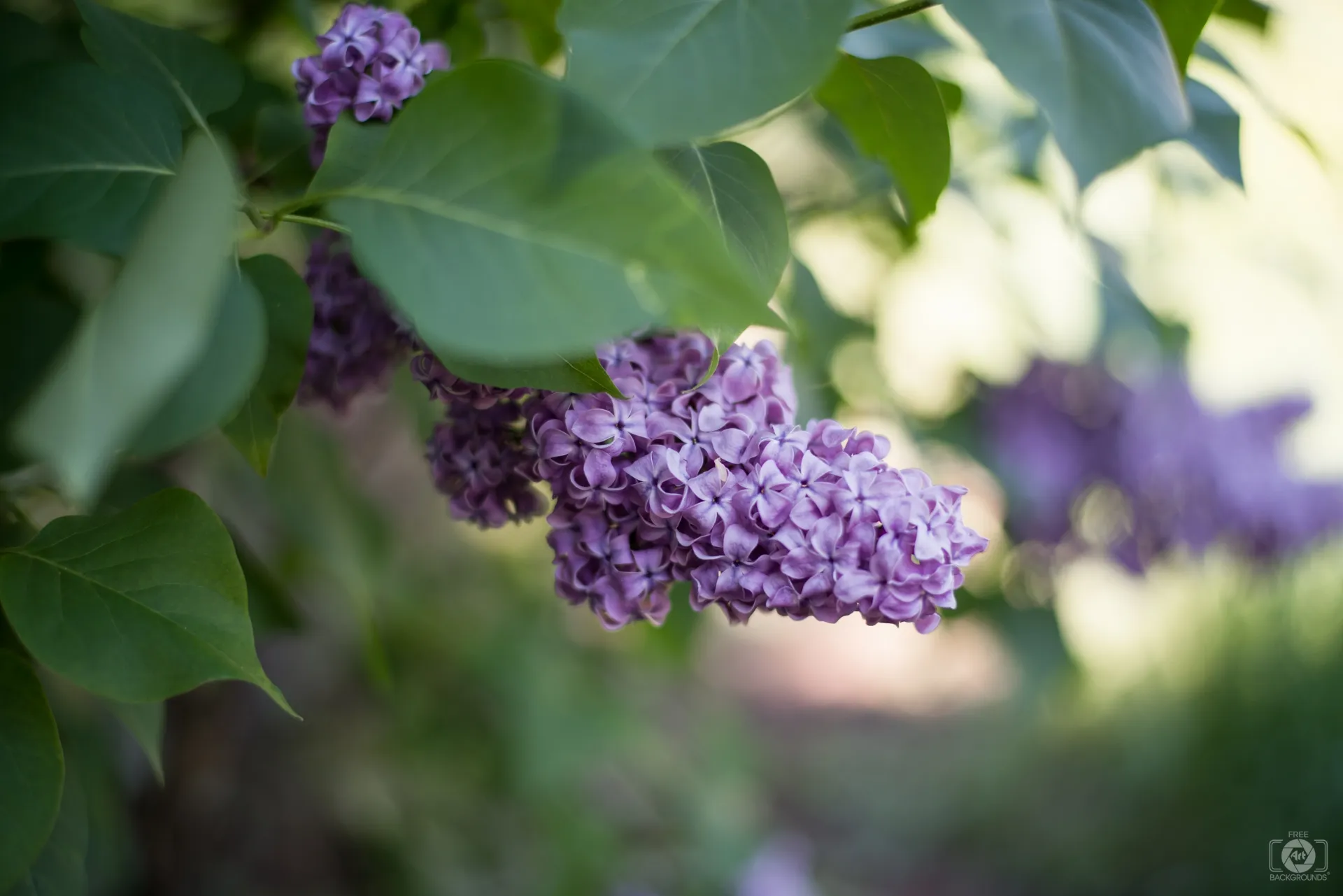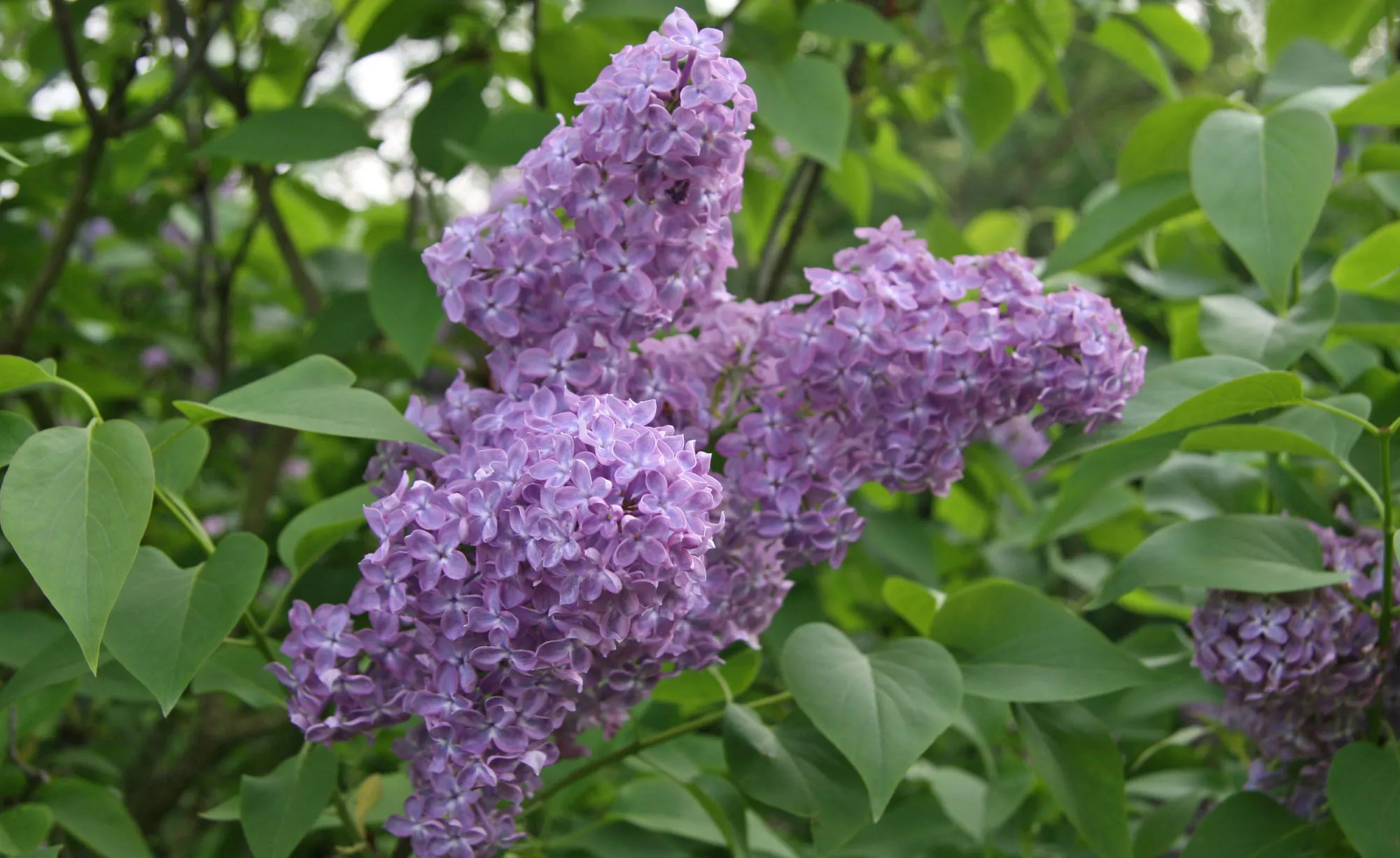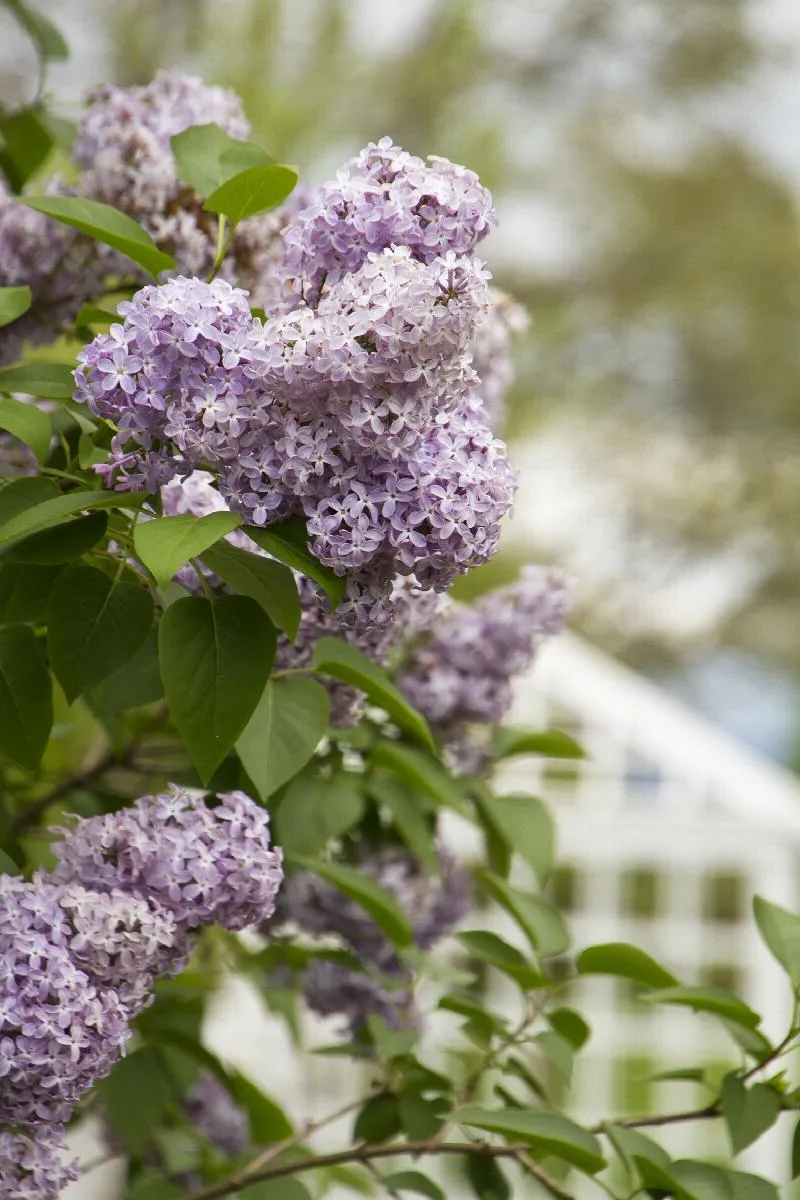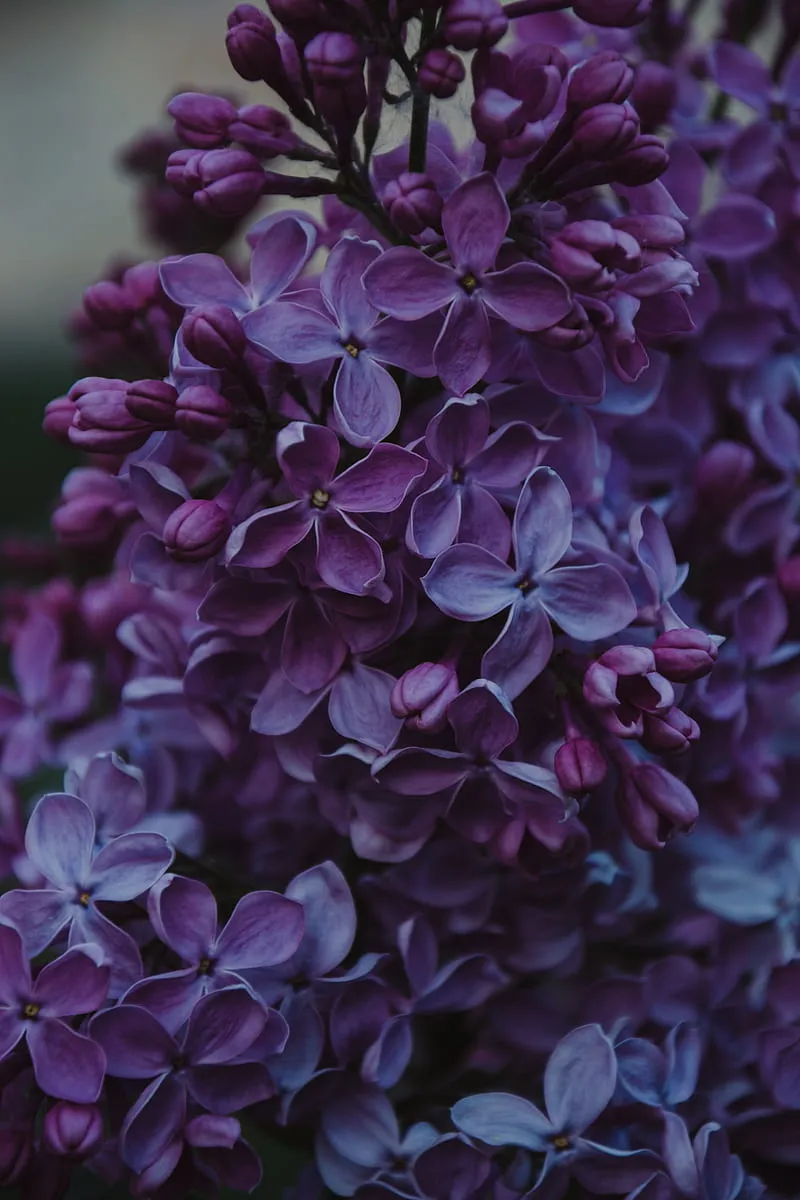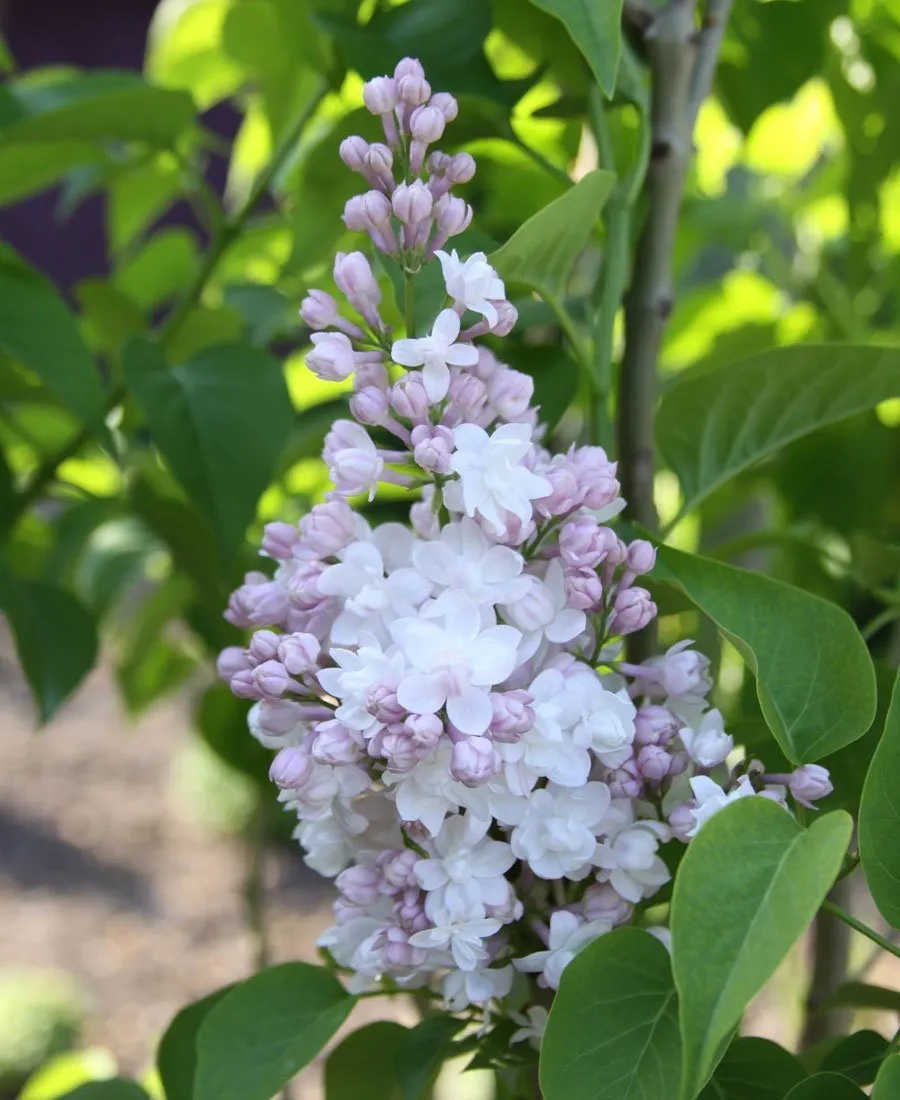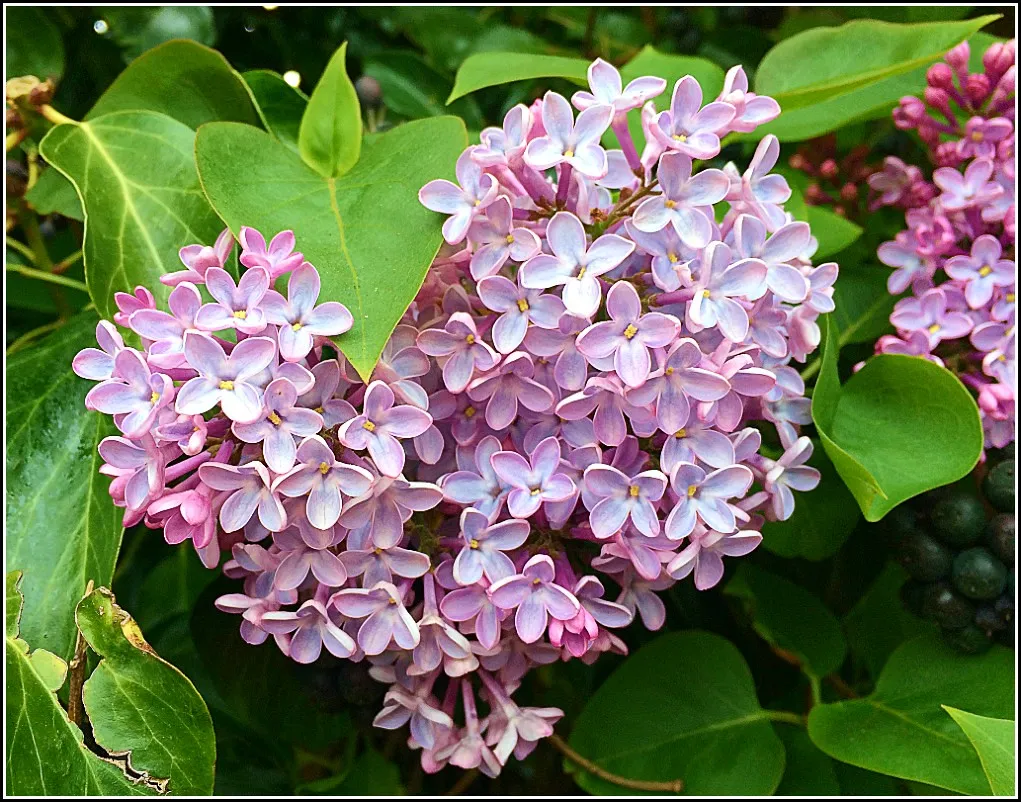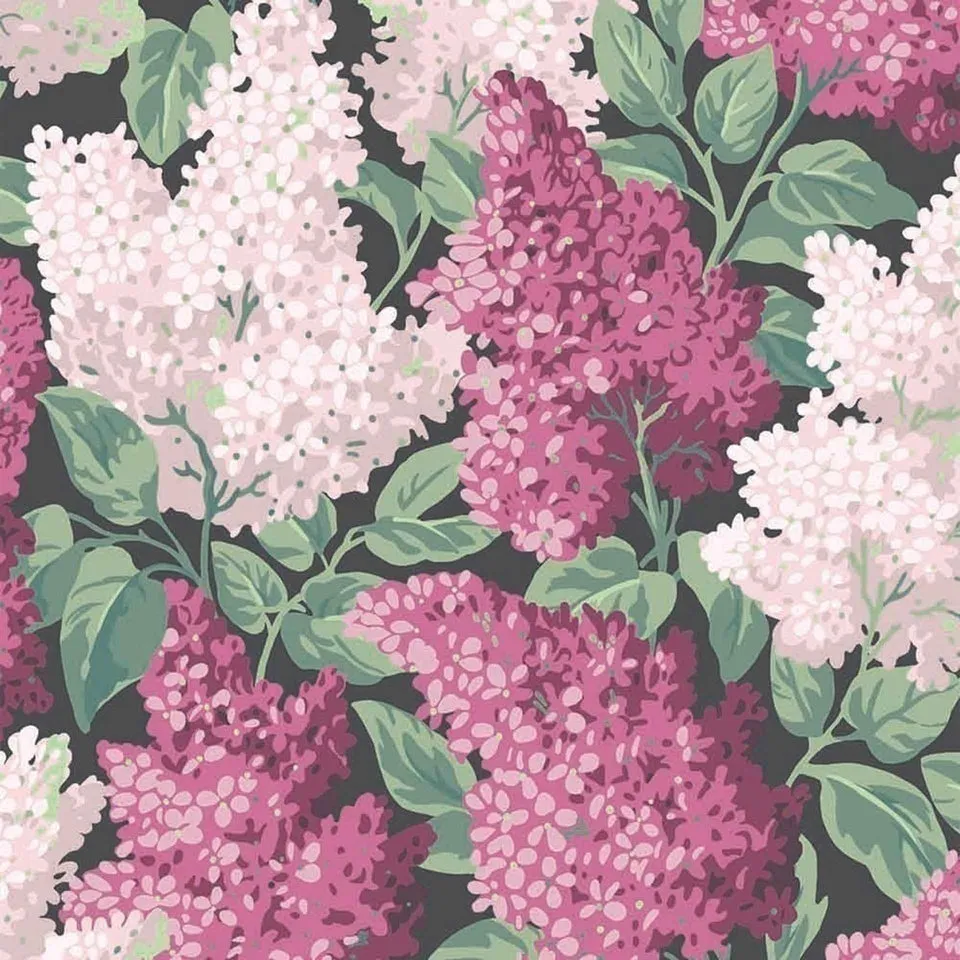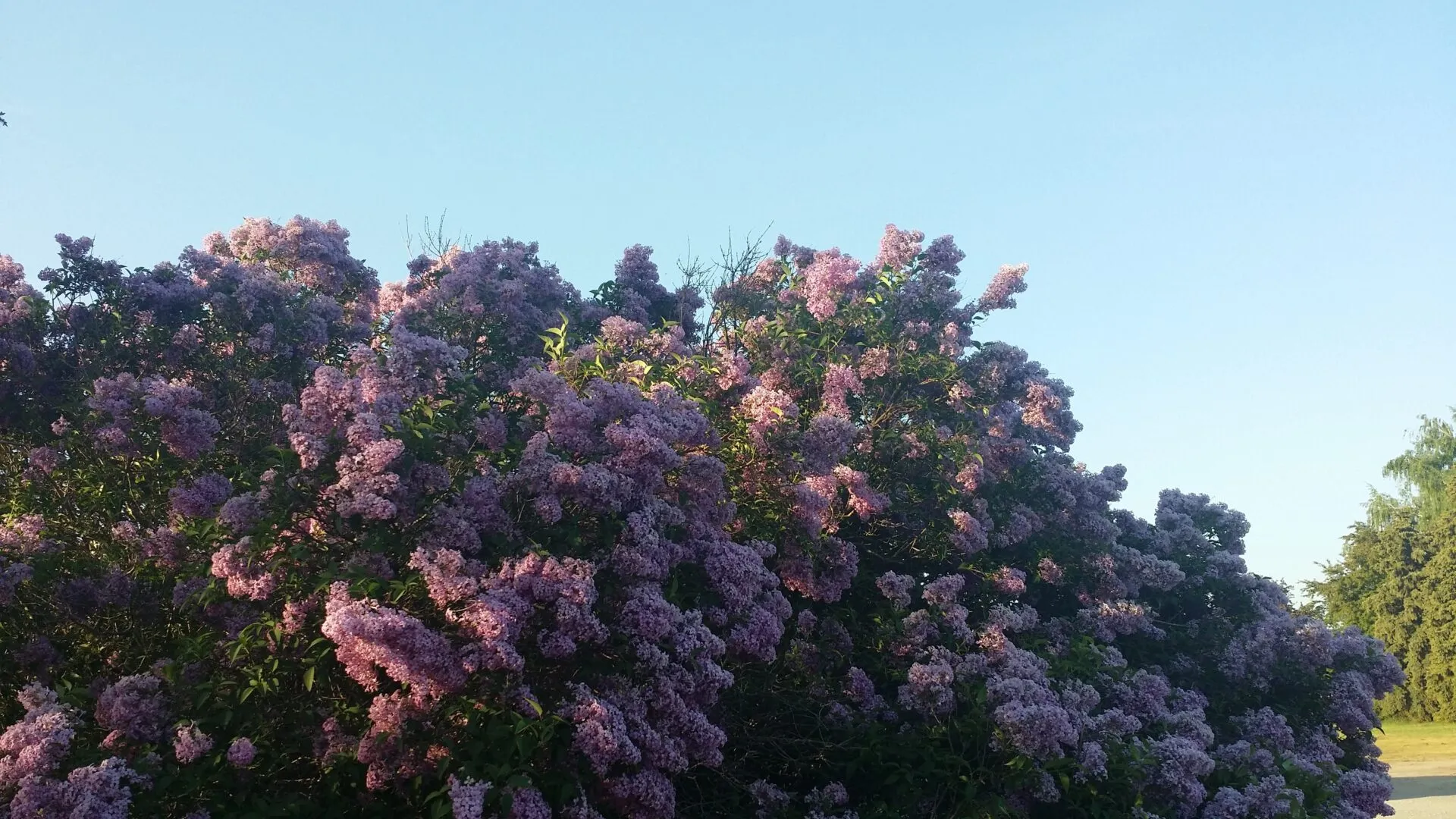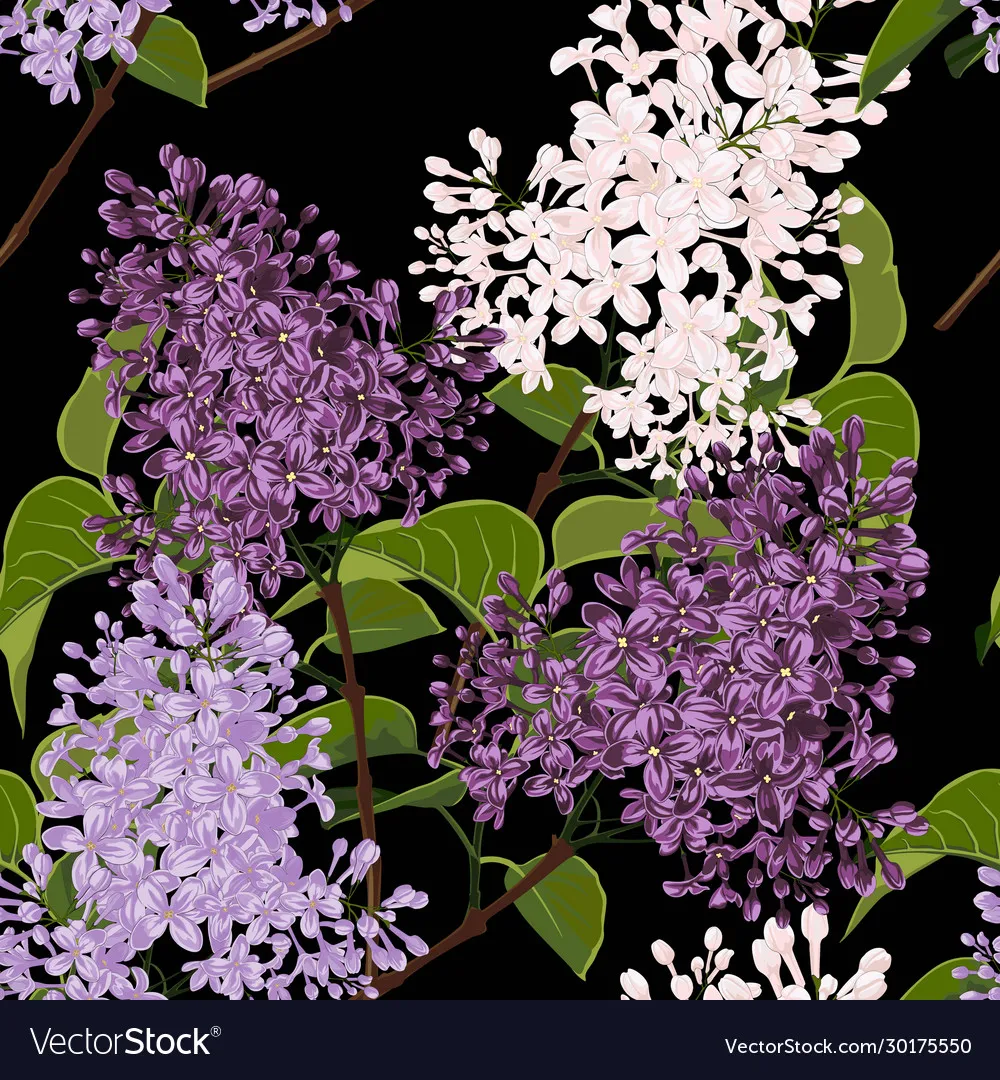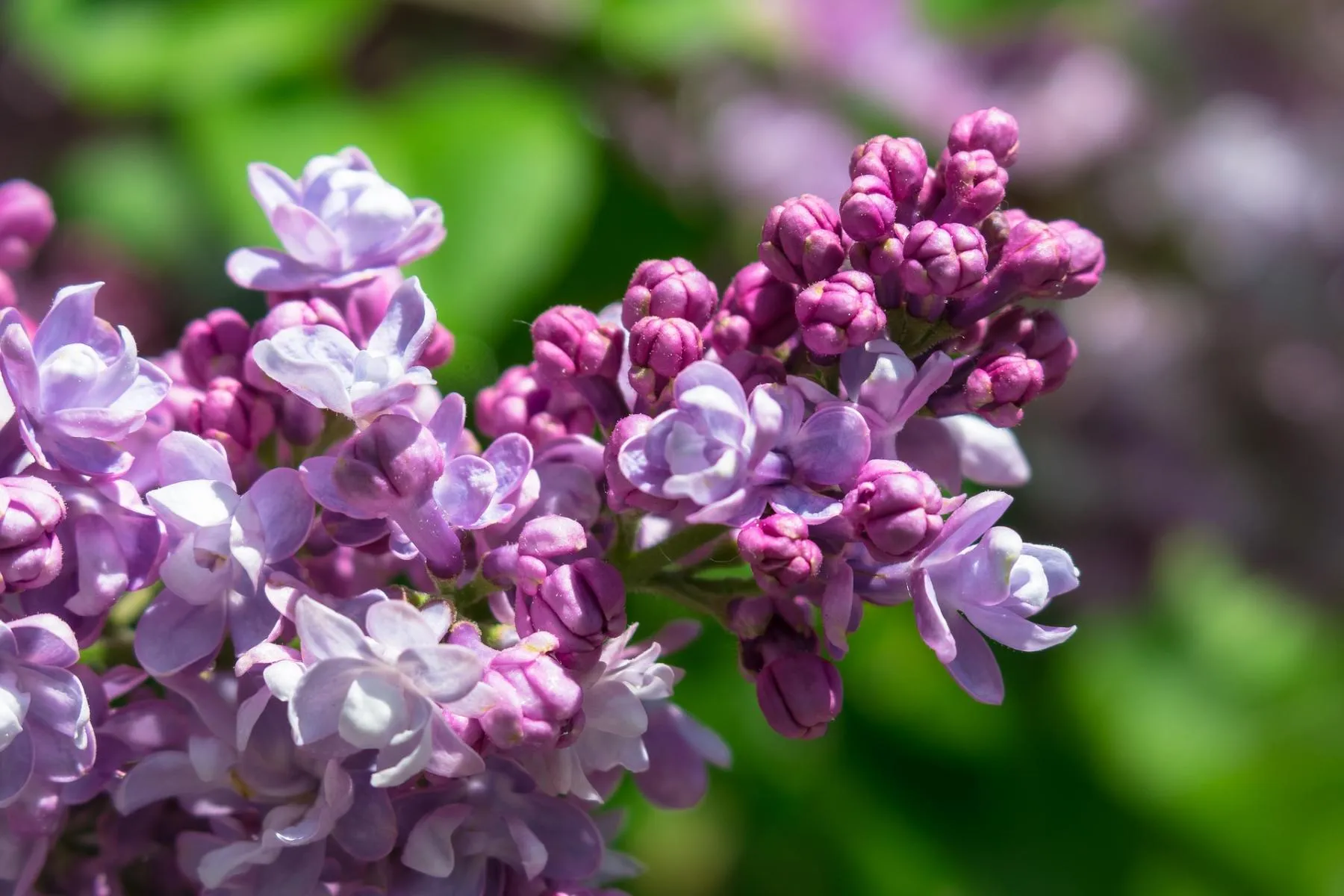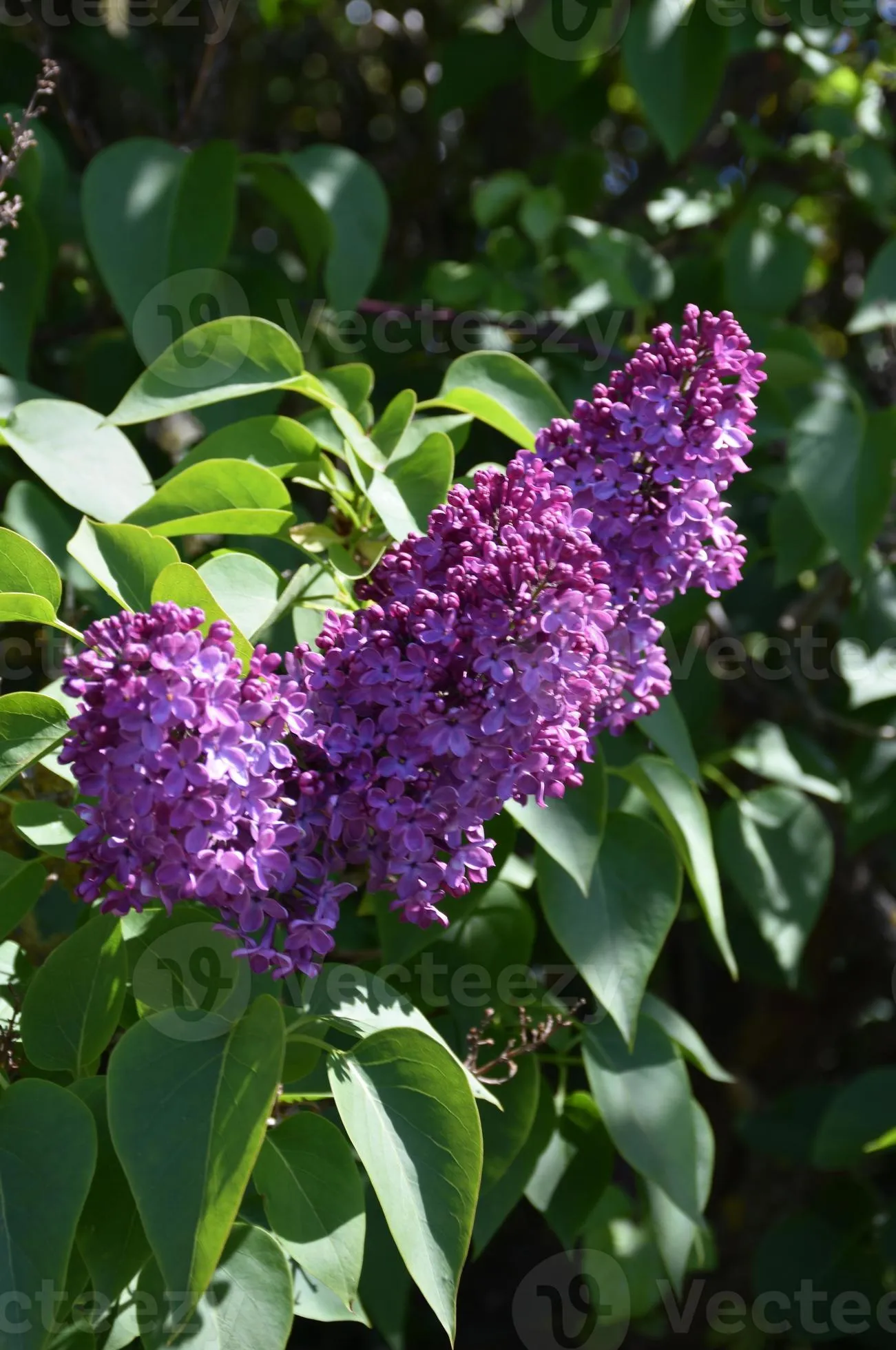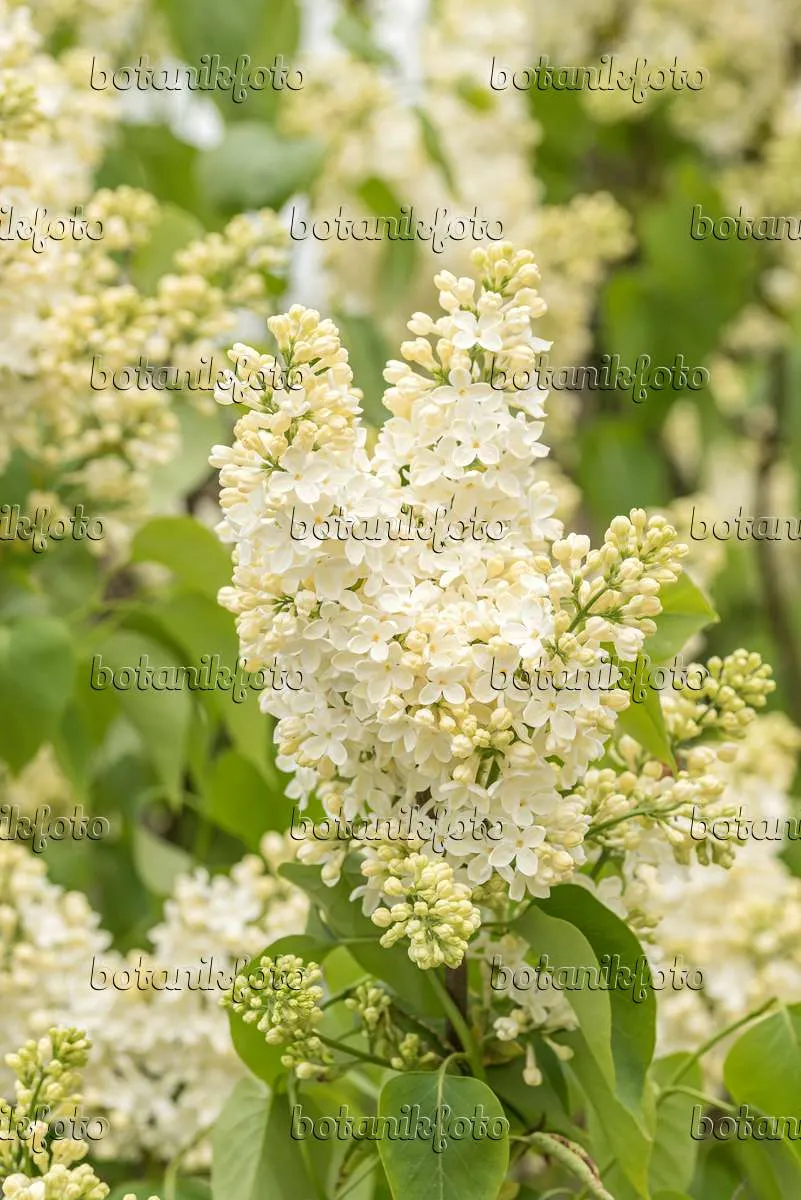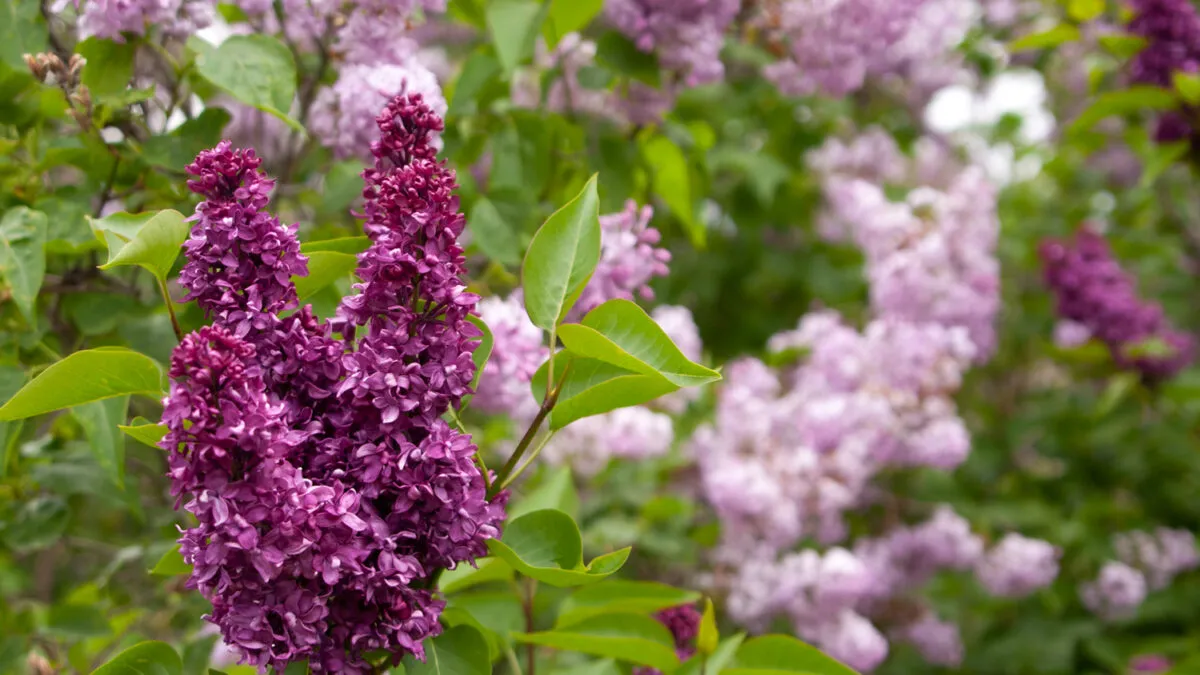Common Lilac: A Fragrant and Beautiful Flower
Flowers have always been a symbol of beauty, grace, and love. Among the various flowers, Lilacs are considered one of the most popular and beloved flowers. The Common Lilac, also known as Syringa vulgaris, is a deciduous shrub that produces beautiful, fragrant flowers in shades of purple, pink, white, and blue. These flowers bloom in the spring and fill the air with their sweet fragrance, making them a favorite for gardens, parks, and bouquets.
History and Origin of Common Lilac
The Common Lilac is native to the Balkan Peninsula in Europe, where it was first discovered in the 16th century. The name "lilac" comes from the Persian word "lilak," which means "blue." The flower was brought to Europe by the Ottoman Empire and quickly became popular due to its beauty and fragrance. In the 18th century, the flower was introduced to North America, where it became a favorite among gardeners and horticulturists.
Physical Characteristics of Common Lilac
The Common Lilac is a deciduous shrub that can grow up to 20 feet tall and 15 feet wide. The leaves are dark green, ovate, and up to 5 inches long. The flowers are arranged in large panicles, which can be up to 10 inches long. Each flower has four petals and is 1 inch in diameter. The petals are arranged in a tubular shape and have a sweet fragrance.
Cultivation and Care of Common Lilac
The Common Lilac is a hardy shrub that is easy to grow and maintain. It prefers full sun and well-drained soil. The plant can be propagated by stem cuttings, layering, or by dividing the root ball. The shrub requires regular pruning to maintain its shape and promote healthy growth. It is important to prune the shrub after it has finished blooming to avoid cutting off next year's blooms.
Varieties of Common Lilac
The Common Lilac is available in various colors, including purple, pink, white, and blue. Some popular varieties of Common Lilac are: - Charles Joly - This variety produces deep reddish-purple flowers with a strong fragrance. - Monge - This variety produces bright pink flowers that are very fragrant. - President Grevy - This variety produces double blue flowers that are very fragrant. - Sensation - This variety produces purple and white bicolor flowers that are very fragrant. - Madame Lemoine - This variety produces white flowers that are very fragrant.
Uses of Common Lilac
The Common Lilac is a popular ornamental plant that is used in gardens, parks, and landscapes. The fragrant flowers are also used in bouquets and floral arrangements. The flowers can be dried and used in potpourri, sachets, and other fragrant products. The wood of the shrub is used in woodworking and for making musical instruments.
Symbolism of Common Lilac
The Common Lilac has various symbolic meanings, including: - Love and Romance - The fragrant flowers of the Common Lilac are often associated with love and romance. They are a popular choice for wedding bouquets and floral arrangements. - Youth and Innocence - The delicate beauty of the Common Lilac is often associated with youth and innocence. - Spring and Renewal - The blooming of the Common Lilac in the spring is a symbol of renewal and the beginning of a new season.
Health Benefits of Common Lilac
The Common Lilac has various health benefits, including: - Relaxation and Stress Relief - The fragrance of the Common Lilac has a calming effect on the mind and body, making it a popular choice for aromatherapy and relaxation. - Antibacterial and Antifungal Properties - The leaves and flowers of the Common Lilac have antibacterial and antifungal properties that can help prevent infections and promote healing. - Anti-inflammatory Properties - The leaves and flowers of the Common Lilac have anti-inflammatory properties that can help reduce swelling and pain.
Conclusion
The Common Lilac is a beautiful and fragrant flower that has been popular for centuries. It is easy to grow and maintain, making it a favorite among gardeners and horticulturists. The flower has various symbolic meanings and health benefits, making it a popular choice for bouquets, floral arrangements, and aromatherapy. Whether you are a fan of flowers or just appreciate the beauty of nature, the Common Lilac is a must-have in any garden or landscape.
Frequently asked questions about Common Lilac wallpapers
Q: What is Common Lilac?
A: Common Lilac is a flowering plant that belongs to the olive family. It is a deciduous shrub that produces fragrant flowers in shades of purple, pink, and white.
Q: How many pictures of Common Lilac do you have on your website?
A: We currently have 52 pictures of Common Lilac on our website.
Q: Can I download the Common Lilac pictures for free?
A: Yes, all the pictures of Common Lilac on our website are available for free download.
Q: What file types are available for download?
A: You can download the pictures of Common Lilac in .jpg, .png, and .webp file formats.
Q: Can I choose the size of the Common Lilac pictures I want to download?
A: Yes, you can choose the width and height of the pictures you want to download.
Q: How do I know which size to choose for my Common Lilac pictures?
A: Our website automatically detects the screen size of your device and recommends the appropriate size for you. However, you can also manually select the size that suits your needs.
Q: Are the Common Lilac pictures optimized for mobile devices?
A: Yes, our website automatically detects the screen size of your device and recommends the appropriate size for you, ensuring that the pictures are optimized for your mobile device.
Q: Can I use the Common Lilac pictures for commercial purposes?
A: The pictures of Common Lilac on our website are free to download and use for personal and commercial purposes. However, we do not guarantee that the pictures are free from copyright restrictions. It is your responsibility to ensure that you have the necessary permissions to use the pictures.
Q: Can I modify the Common Lilac pictures I download?
A: Yes, you can modify the pictures of Common Lilac to suit your needs.
Q: Do I need to credit your website if I use the Common Lilac pictures?
A: While crediting our website is not mandatory, we would appreciate it if you could provide attribution to our website when using the pictures of Common Lilac.


